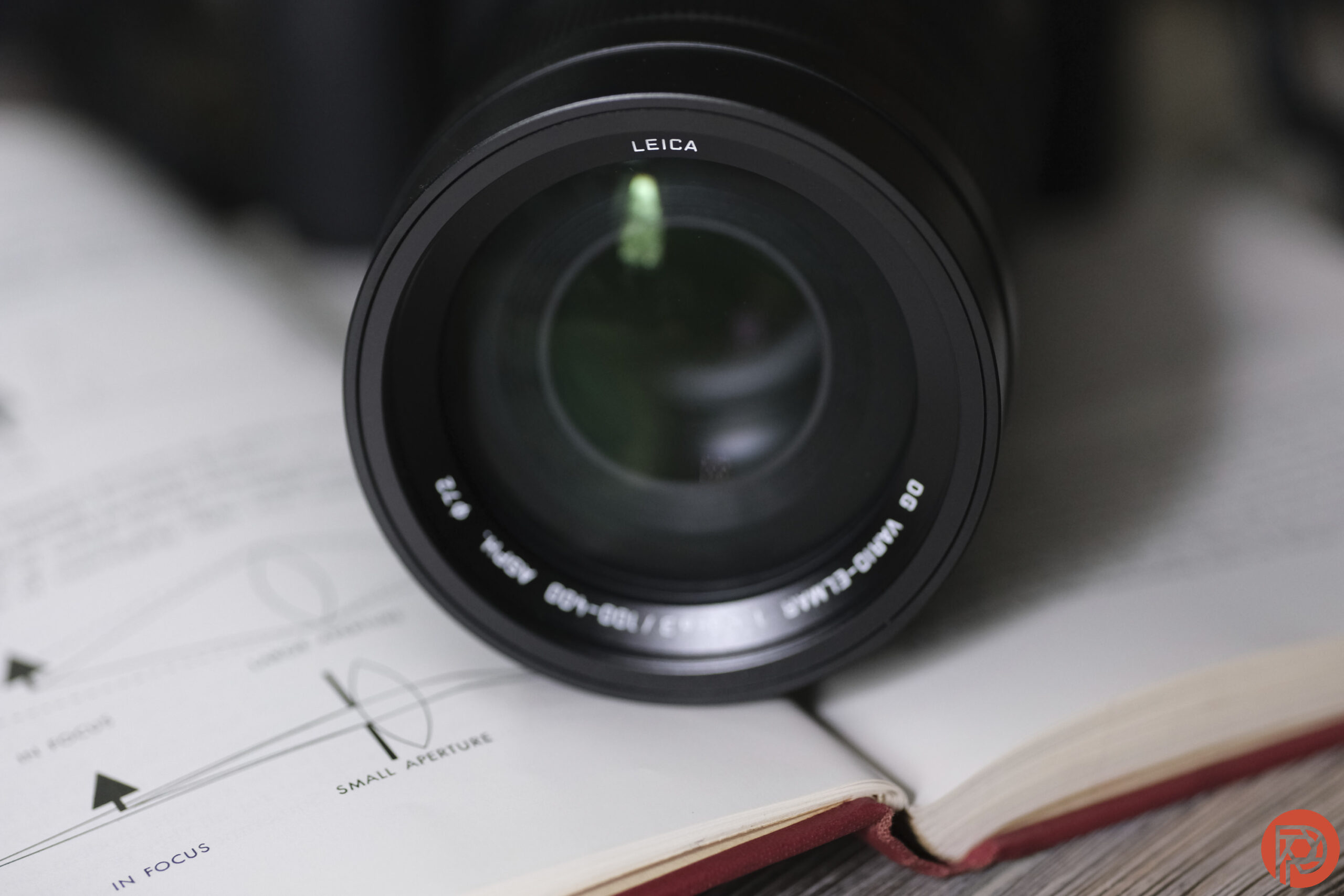The Panasonic Leica 100-400mm f4-6.3 II is the embodiment of Micro Four Thirds greatest asset: smaller lenses with twice as much reach. Equivalent to a 200-800mm lens, carrying any such equivalent in full frame is nearly guaranteed to create a backache. But, the officially titled Panasonic Leica DG Vario-Elmar 100-400mm f4.0-6.3 II ASPH OIS weighs just over two pounds, making it easy to hike and travel with. Add in Micro Four Thirds’ top-level stabilization, and the 100-400mm II is easily the piece of glass to maximize the potential of Micro Four Thirds.
But, as much as the lens capitalizes on the advantages of a smaller sensor, the opposite is also true. The f4-6.3, combined with the more limited light gathering capabilities of the system, requires higher ISOs for wildlife and sports, presenting big challenges when lighting is limited. But, in the hands of the right photographer, the long reach of this lens can be a huge asset.
Table of Contents
The Big Picture
The Panasonic Leica 100-400mm f4-6.3 II is a prime example of both the advantages and limitations of Micro Four Thirds. The lens offers an incredible reach considering it is closer in size to a 70-200 than an 800mm equivalent. For sports and wildlife, this lens can get photographers close to the action because it’s small enough to hike with or navigate the sidelines with. Add in beautiful colors, sharp details, a Leica metal build, weather-sealing, and a reasonable price, and the lens is easily a win.
But, on the flip side, the f6.3 aperture on the long end and the Micro Four Thirds sensor is a challenge for sports and wildlife. Freezing the movement of birds on an overcast day requires really pushing that ISO up high, and if you come across wildlife at dusk, even ISO 12800 isn’t enough to freeze the movement. The autofocus miss rate also seemed a little high considering the narrower depth of field. While the 1:2 macro focusing capabilities are excellent, a macro position on the focus limiter would have been beneficial.
In short, the Panasonic Leica 100-400mm is a great lens — but only when used in great light. I’m giving the Panasonic Leica 100-400mm f4-6.3 II four out of five stars.
Pros
- Compact, lightweight lens with an 800mm equivalent reach
- 1:2 macro focusing capabilities
- 4x zoom range allows great versatility
- Dust, splash, and freeze-resistant
- Metal lens barrel
- Built-in retractable hood
- Lovely background compression and colors
- $1,200 price is reasonable for an 800mm reach
Cons
- Narrower aperture requires higher ISOs for fast motion and is challenging in limited light
- Some autofocus struggles, particularly with close, fast subjects
- The lens could really use a macro position on the focus limiter switch
Gear Used
I tested the Panasonic 100-400mm f4-6.3 II with both the Panasonic G9 II and the GH6. Both the lens and camera bodies are a temporary loan from Panasonic.
Innovations
As a second generation model of the lens without the II in the name, the Panasonic 100-400mm f4-6.3 II improves in small steps rather than leaps in bound. But, those small changes can be pretty significant. The biggest of those changes is the 1:2 macro focusing capabilities. Micro Four Thirds tends to be really great for macro and having a lens that can focus close but also far off at 400mm is a pretty solid advantage. The lens also gains compatibility with the 1.4x and 2x teleconverters and sees a few minor changes to the zoom ring.
Ergonomics
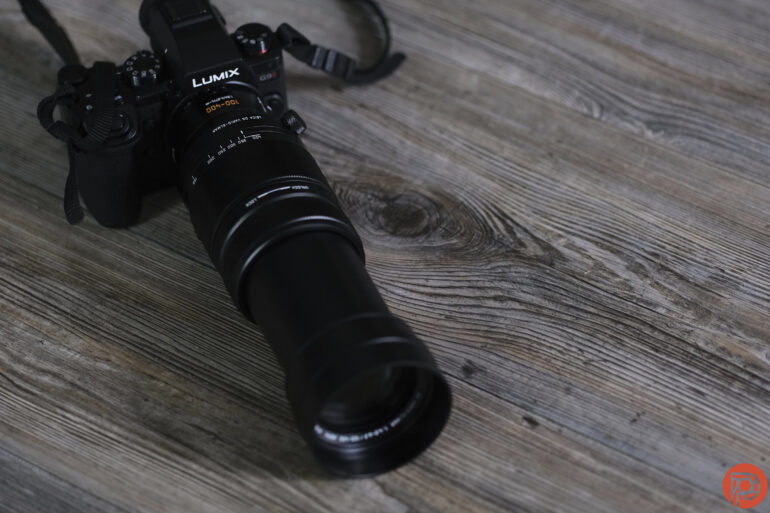
The Panasonic 100-400mm f4-6.3 II brings a 200-800mm equivalent in a much smaller design than a full frame lens. Here’s the full tour of the lens from our preview of the lens:
The Panasonic 100-400mm f4.0-6.3 is ergonomically my favorite 800mm-equivalent, no question. While the Micro Four Thirds sensor makes the 400mm on the long end the same view as 800mm on a full frame, the lens is far easier to carry around. The behemoth 800mm full-frame lenses that I’ve tested are better suited for waiting in a wildlife blind or using a monopod on a sports sideline. That’s not the case with the Panasonic 100-400mm — this lens is roughly the size of the average 70-200mm f2.8 full frame lens. It’s not tiny, but it’s small enough to hike with. It weighs 985g, which is a little over two pounds.
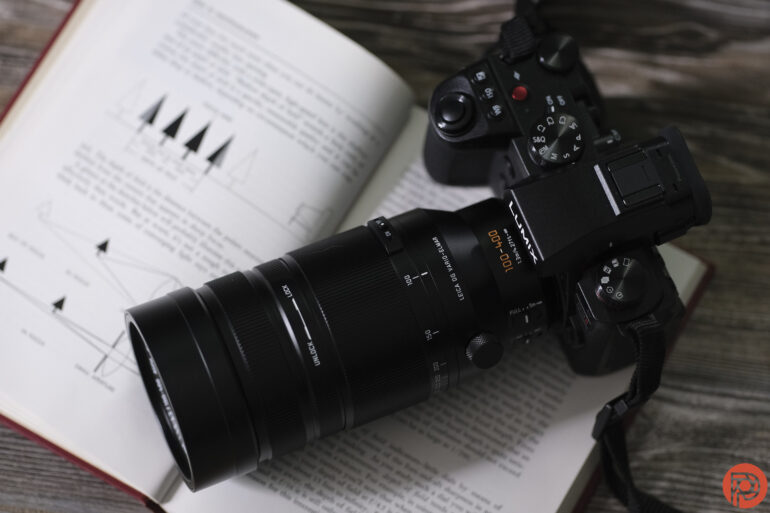
In fact, the lens construction is metal and yet the lens didn’t make my neck or arms ache when I hiked with it for hours. The Panasonic 100-400mm f4.0-6.3 could be placed on a pedestal above a plaque saying: This is why you buy Micro Four Thirds. Yes, full frame cameras have their advantages. But the ability to shoot at an 800mm equivalent without raising your own pack mule to carry your gear shouldn’t be underestimated. Using such a small lens and still getting an 800mm-equivalent reach is liberating.
But, the size isn’t the only reason this lens will go down as an ergonomic favorite. Near the front of the lens is a built-in lens hood that pops out when you need it. With the lens closed, many probably won’t even realize that the hood is there. I’m forever loosing lens hoods — but they are only annoying until I find myself shading my lens with my hand.
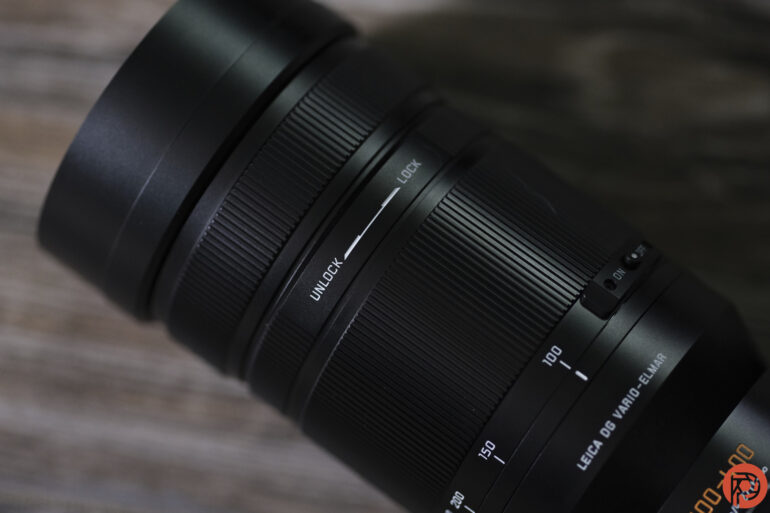
Moving from that built-in lens hood towards the mount, the next control on the barrel is the focus ring. Then it’s the locking ring which keeps the zoom from being bumped out of place. Then it’s the zoom ring. The zoom ring actually has a zoom limiter that’s simply labeled on and off. This is meant for use with the 1.4x and 2x teleconverters. Using the teleconverters requires putting the lens in 210mm or higher, otherwise Panasonic says the optics don’t properly line up. The on-off switch will keep the zoom from accidentally turning lower than 210mm.
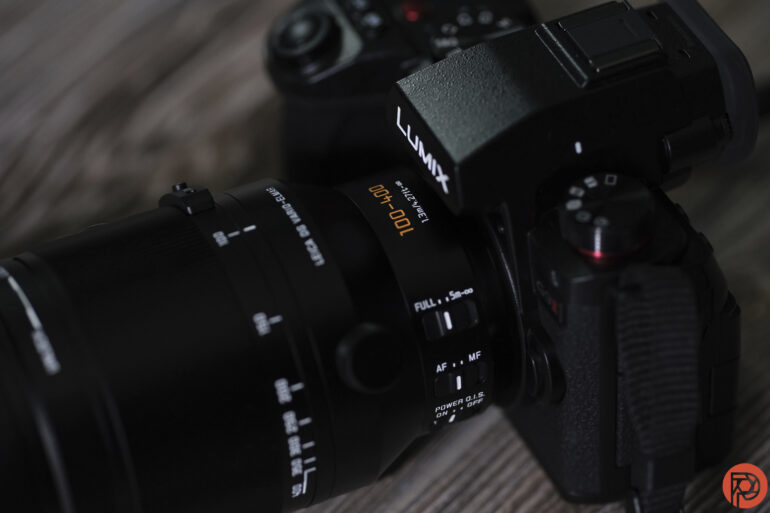
The 100-400mm lens does have a built-in collar, which twists for vertical shooting. The tripod mount here isn’t a big handle like with larger lenses, rather just a small bump out on the lens with a screw mount inside. Three control switches rest near the mount: a focus limiter with full or 5m to infinity options, autofocus to manual focus, and a stabilization on/off switch.
As a lens produced with Leica, the lettering on the lens and the metal build feel more Leica-like than Panasonic like, another pro in this lens’ design.
Build Quality
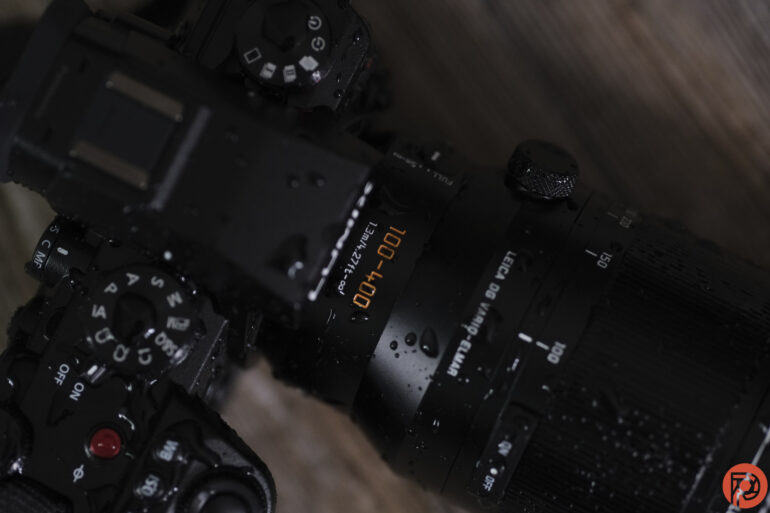
I love a good metal lens and I love a good Leica lens — and the Panasonic Leica 100-400mm looks more Leica than Panasonic. The lens uses a metal barrel, plus an integrated metal hood that’s impossible to loose. All the gears, switches and rings turn nice and smooth. Overall, it’s a lens that feels great in the hands.
The lens is dust and weather-sealed, but Panasonic also goes a step further and says the lens is also freeze-proof and capable of shooting in cold weather. I shot with this lens during some light rain and also gave it a good splash for a weather-sealing test. I didn’t have any issues with either scenario. I also didn’t detect any interior dust or debris on the camera sensor or the lens during the course of my review.
Focusing
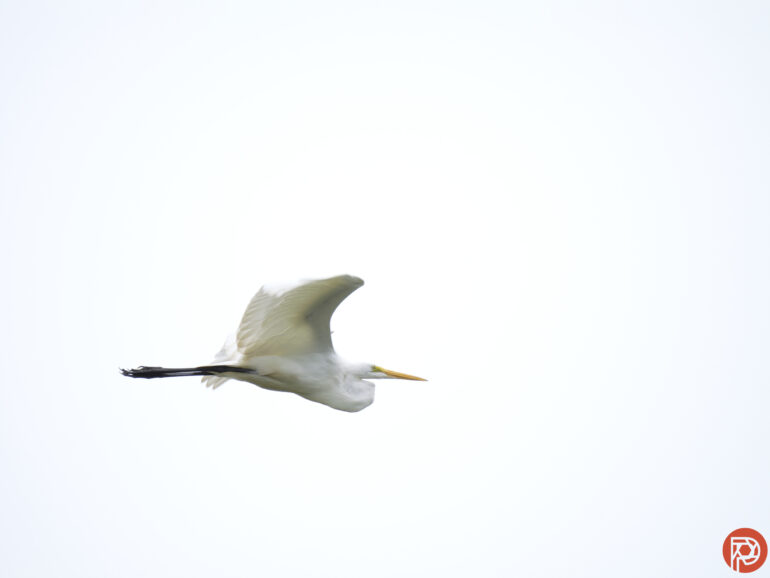
Long telephotos like this one have more challenges in getting sharply focused shots. And yet, in a genre most often used for sports and wildlife, a fast autofocus is a must. Thankfully, the Panasonic Leica 100-400mm f4-6.3 II has okay speed, though it does have its share of struggles.
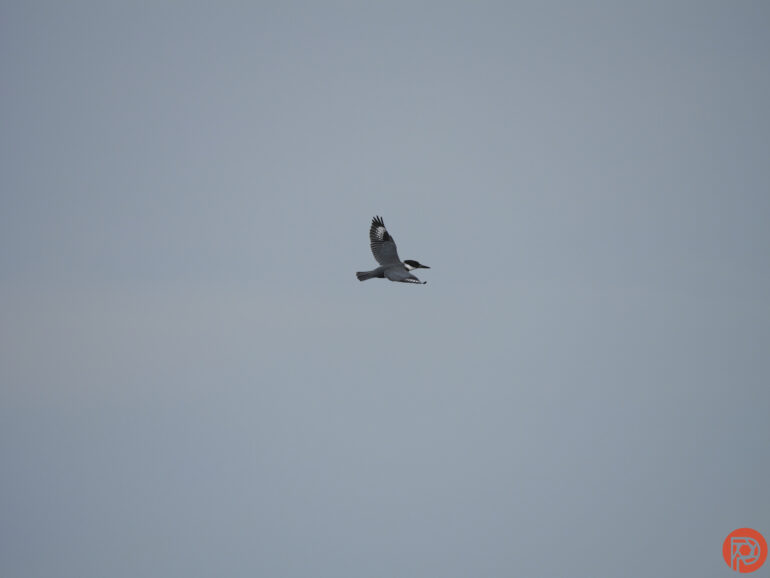
The lens was quick enough to freeze birds in flight and kids running. I was able to get a good hit rate for both lifestyle photos of kids and birds flying across the frame. But, the accuracy drops off with subjects headed straight towards the lens — photographing my dog running towards me, around 70 percent of the images were in focus. That’s not great, considering the narrower depth of field at f6.3, but it’s enough to get some keepers. This was using zone focusing with animal eye AF and exposure preview off on the G9 ii. Some of those misses were, I believe, from the G9 ii, which has some work to do on its animal eye AF. But, the results on the GH6 were even worse.
The lens offers 1:2 close focusing capabilities — and while this offers great versatility, there are some limitations. The lens’ focus limiter switch doesn’t have a position for objects close to the lens. And there were more than a few occasions where the lens simply refused to focus and I had to switch to manual focus or focus on a larger object around the same distance before turning the lens to the subject I wanted. Having a macro option on the focus limiter switch likely would have helped immensely.
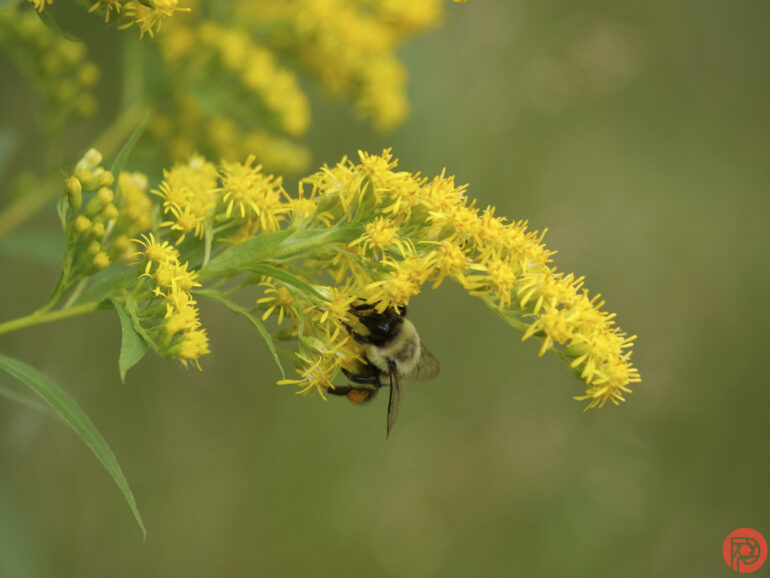
That 1:2 close focusing capability also doesn’t hold up to quick moving subjects that are close to the lens. The lens stopped picking up the dog running towards the camera once he got closer to the lens. He was still pretty far from the minimum focusing distance when that happened.
But, with subjects that aren’t quite so fast, like a bumblebee, that close focusing ability creates excellent versatility. I love using Micro Four Thirds for its reach and macro capabilities, and while there are some autofocus challenges, both are still possible here.
Ease of Use
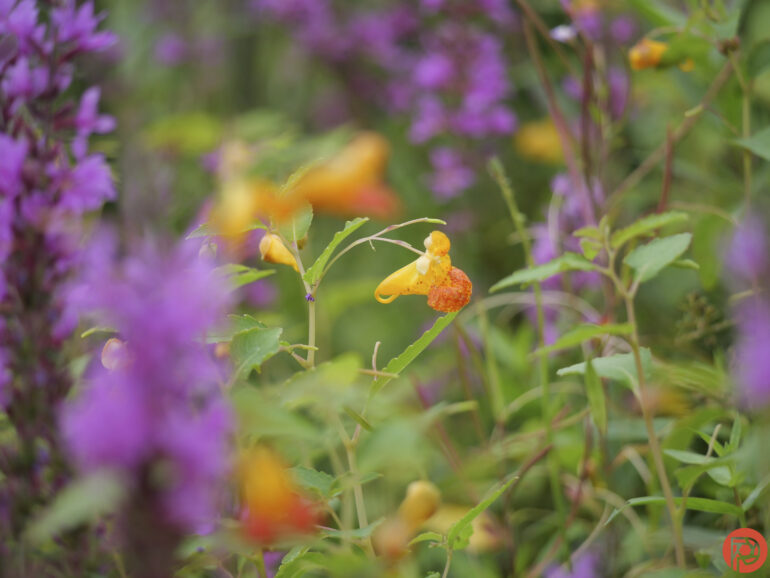
The Panasonic Leica 100-400mm f4-6.3 II has stabilization and also works with in-body stabilization. I was able to handhold shots bracing my elbows and holding my breath at 1/8th of a second, which is quite amazing for a lens this long. But, in more realistic scenarios (like actually breathing) 400mm at 1/100 can sometimes still create an in-camera painting. But, if the subject isn’t moving, there’s some wiggle room to drop the shutter speed well below the reciprocal rule.
Along with the stabilization, the versatility of this lens also gives new photographers a leg up. It’s much easier to focus on distant subjects when you can look through the viewfinder at 100mm before zooming. The number of controls may seem a bit daunting for newbies, but with a little experimentation, I wouldn’t discourage new photographers from picking up this lens.
Image Quality
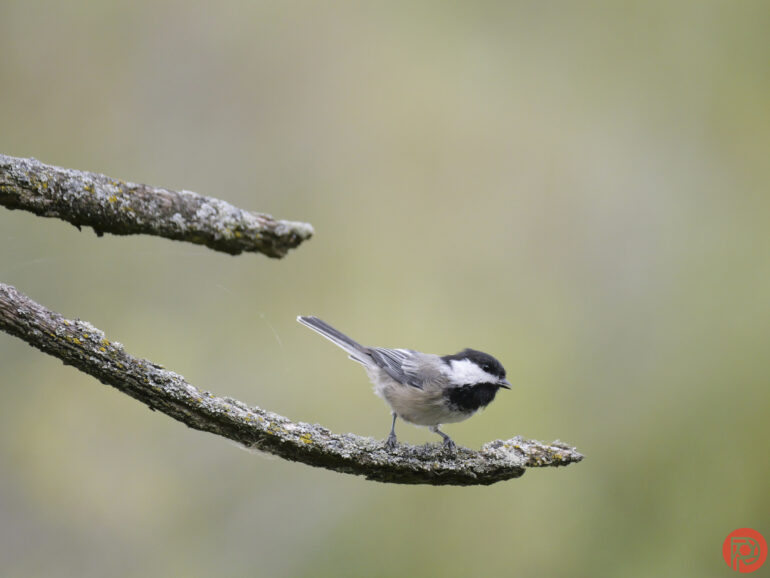
My most common complaint when photographing wildlife is that I’m rarely close enough. The 800mm equivalent on the long end of the Panasonic Leica 100-400mm is pretty great considering how compact the lens actually is. While the Micro Four Thirds gives it a 2x boost, the background compression of such a long optic didn’t have me missing full frame, at least not terribly so. Colors are also great here and common pixel peeping complaints like vignetting are well controlled too.
The biggest limitation to great images, however, is the narrower aperture and the more limited light gathering capability of the Micro Four Thirds sensor. For shots taken right around sunset, even at ISO 12800, I could only push the shutter speed to 1/40, which is far from adequate for wildlife. I’m not a full frame snob, but for my own APS-C camera, I prefer to make up the difference using wide aperture primes. The lens is definitely a good light shooter — shooting fast movement under heavy clouds or an owl at dusk is still going to present a very big challenge. This also means that I’m not sure that the new 1.4x and 2x teleconverter capabilities are good things. Those teleconverters cut the light as much as they increase the focal length, and cutting the light in half again is going too far, at least for fast action. I wasn’t able to able to test the teleconverters with the lens, however.
Bokeh
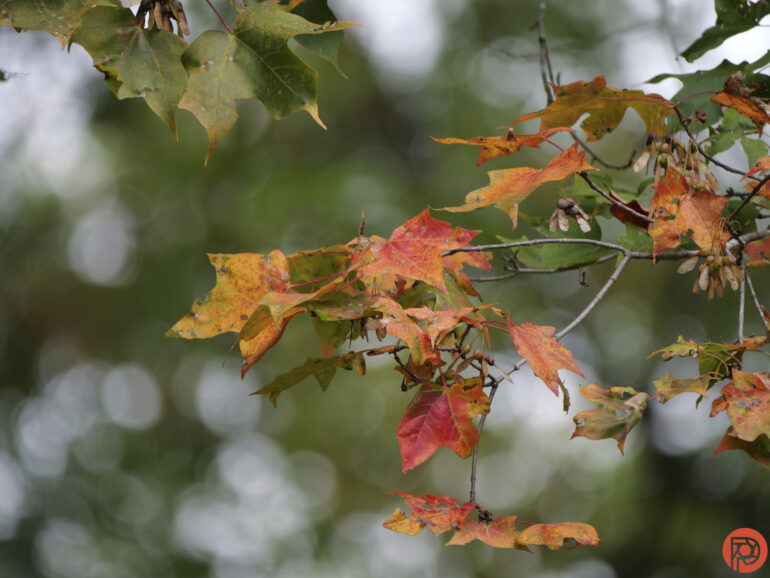
Sure, f4 isn’t great on Micro Four Thirds, and especially not f6.3. But the background compression capabilities of the long focal length, plus the close focusing capabilities, still makes bokeh fairly easy to create. You can get some impressively soft backgrounds with this lens at 400mm, considering the Micro Four Thirds mount.
Points of light are rendered into smooth circles without onion ringing or soap bubbling. Towards the edges, the circles slightly elongate; but the cat-eye shape towards the edges seems to be more minor than other optics.
Color Rendition
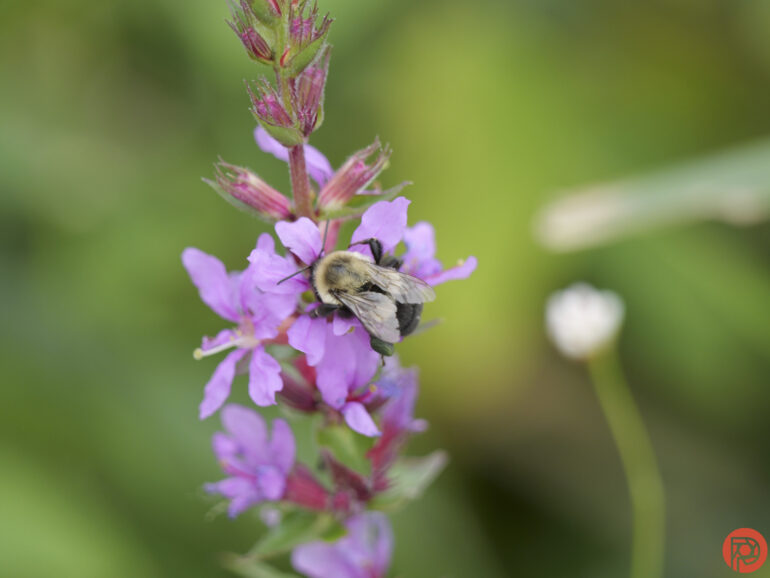
The Panasonic Leica 100-400mm f4-6.3 II creates some nice punchy colors without being too bold. I was surprised at how much contrast the images had even shooting on an overcast day. The lens works really well with Panasonic’s Cine-like color profiles.
In most scenarios, colored fringing was well controlled. But, on an overexposed shot with high contrast, like branches against the sky had some slight purple coloring to the edges. This was really only an issue when trying to recover an overexposed RAW file.
Lens Character
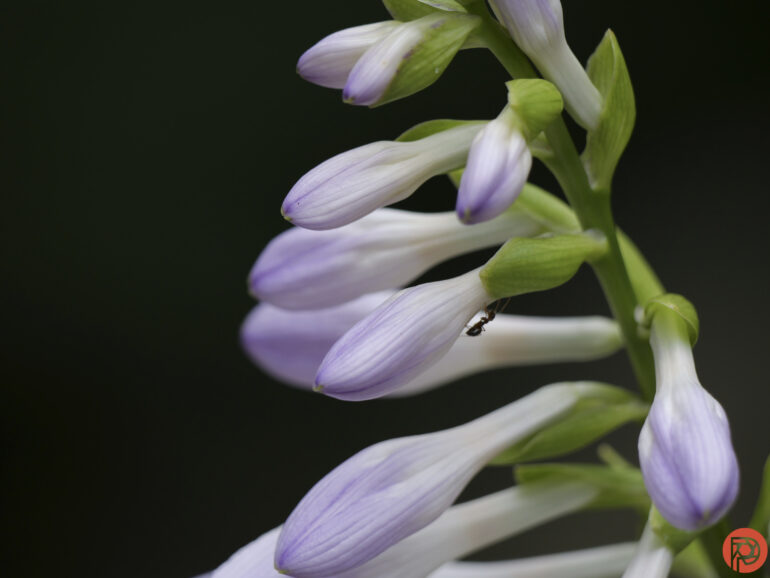
Much of the character from this lens comes simply from the long focal length and the ability to focus close. But, the bold colors also help as well. Direct the lens towards a light source, and it’s possible to get some nice soft blooms of flare as well.
Sharpness
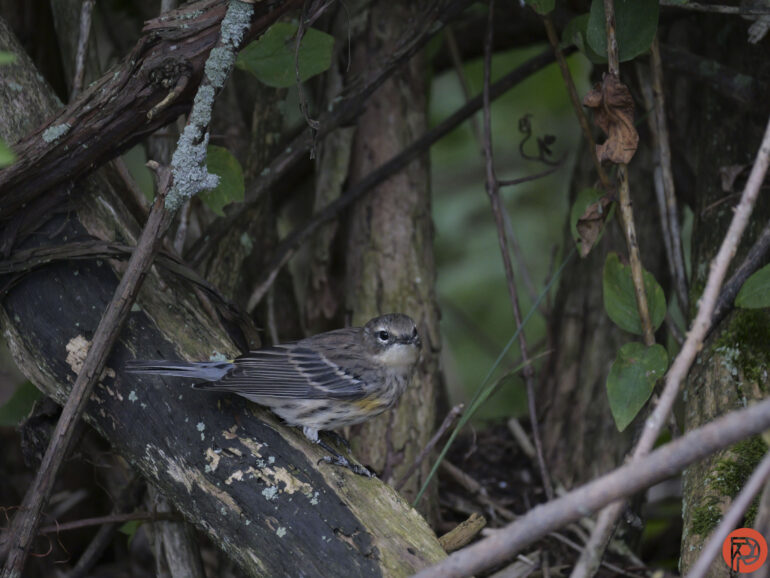
The Panasonic Leica 100-400mm f4-6.3 II is sharp enough and close enough to render the fine details in a bird’s feathers. The sharpness doesn’t have a significant drop off towards the edges either. The real challenge to getting a sharp shot is that the narrower aperture requires a high ISO in order to freeze sports and wildlife and that noise — or the editing of that noise — tends to reduce the apparent sharpness.
Extra Image Samples
From day one, The Phoblographer has been huge on transparency with our audience. Nothing from this review is sponsored. Further, lots of folks will post reviews and show lots of editing in the photos. The problem then becomes that anyone and everyone can do the same thing. They’re not showing what the lens can do. So we have a section in our Extra Image Samples area to show edited and unedited photos. From this, you can make a decision for yourself.
Unedited
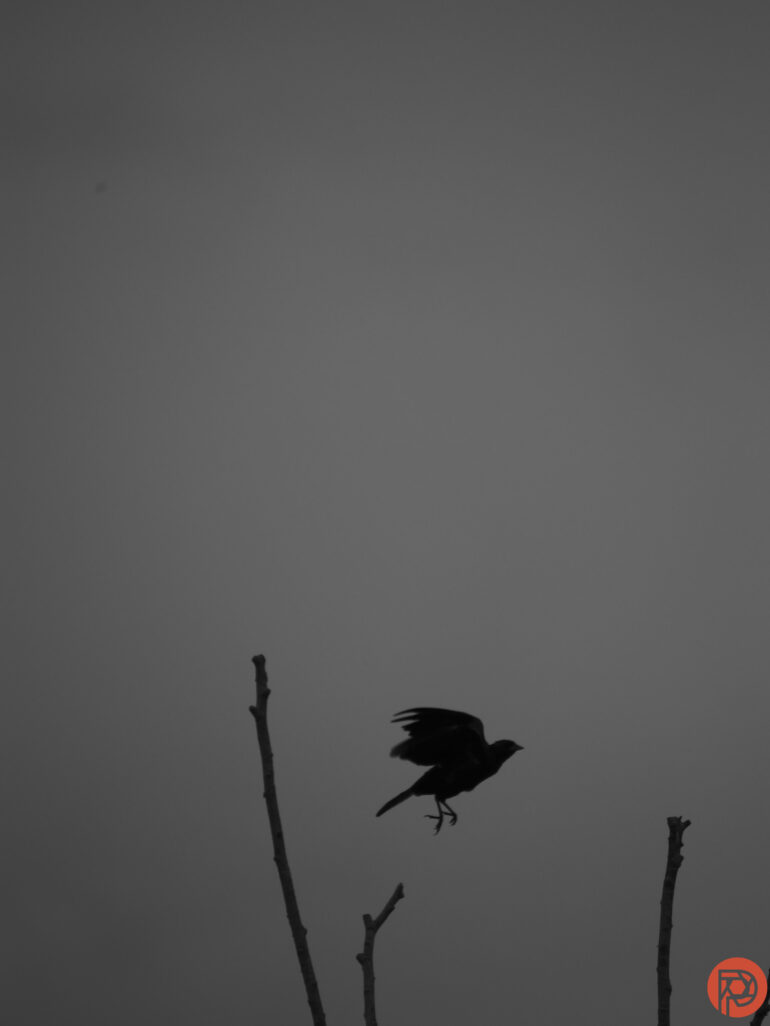
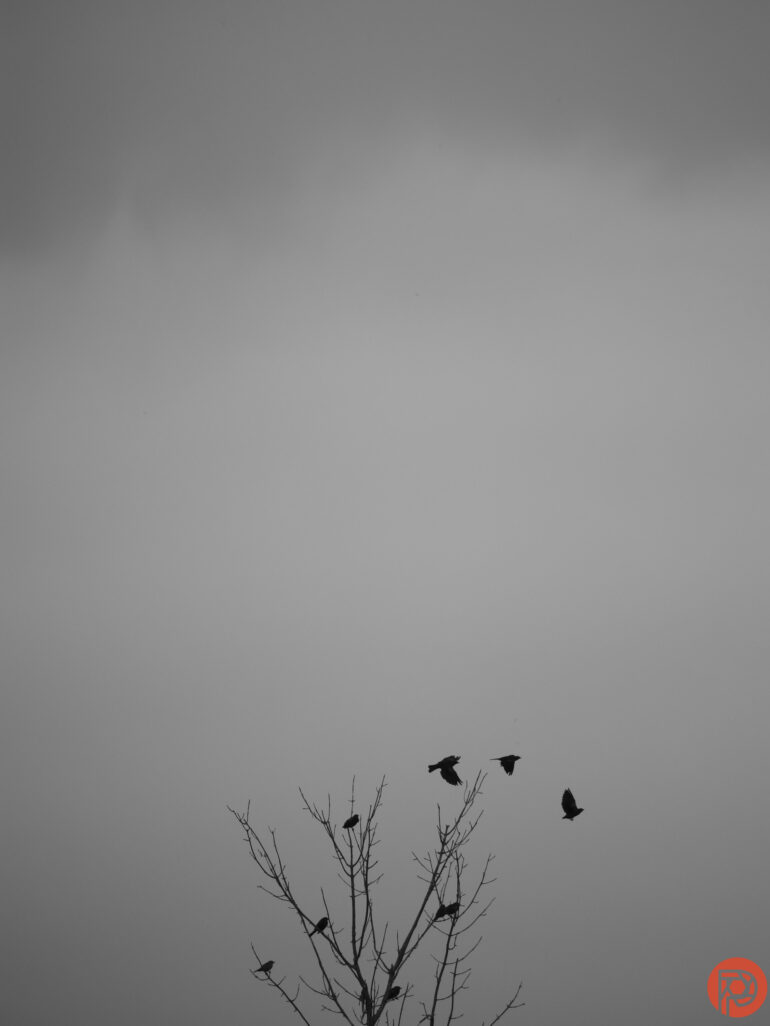
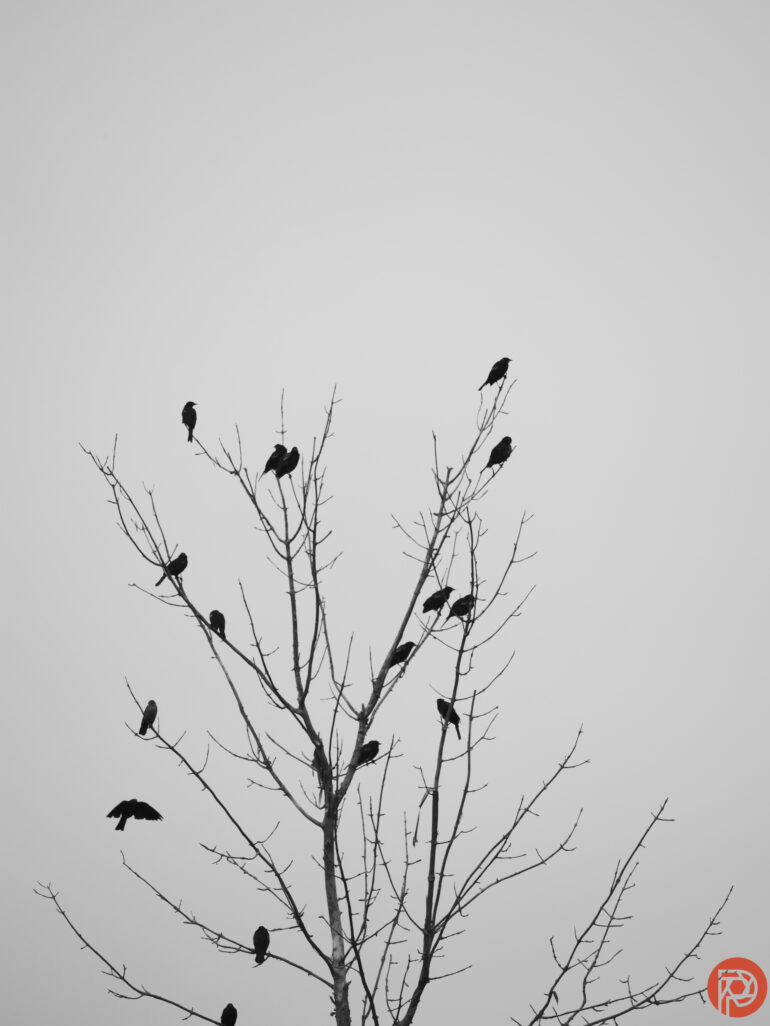
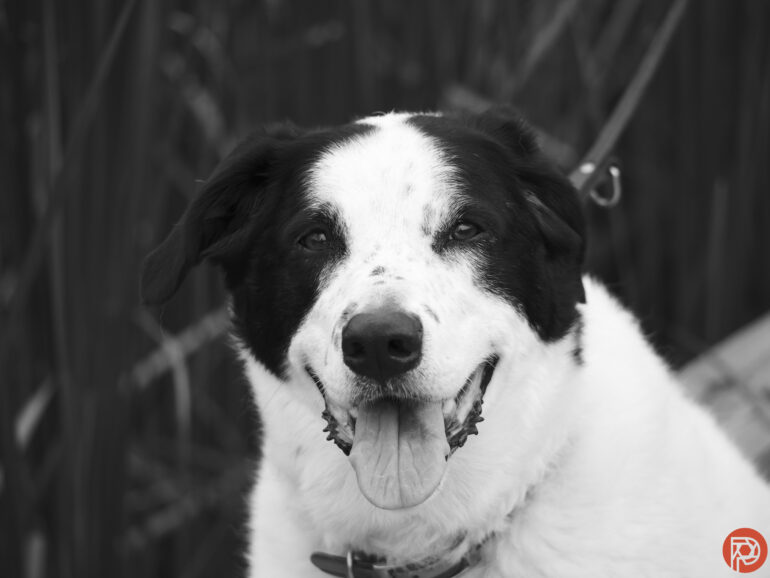
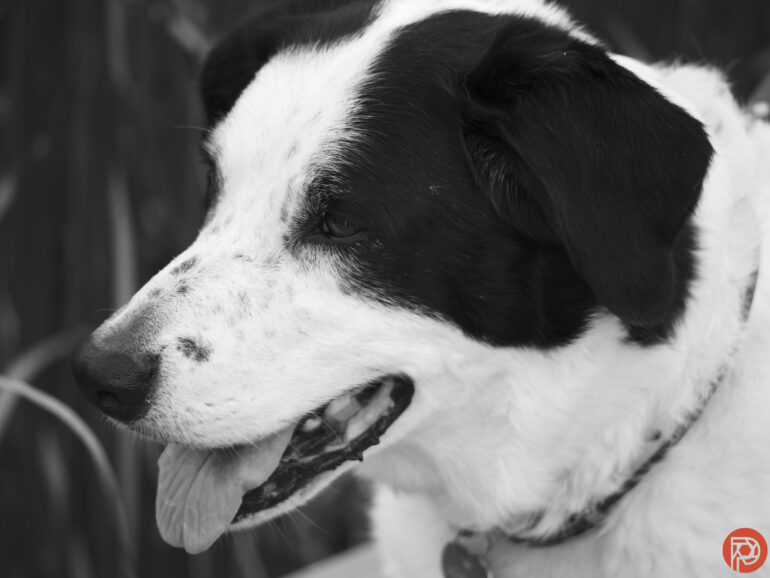
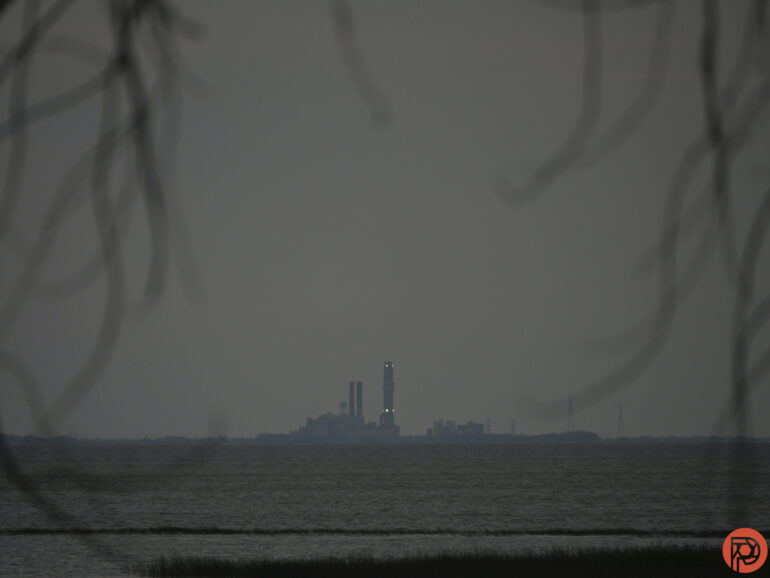
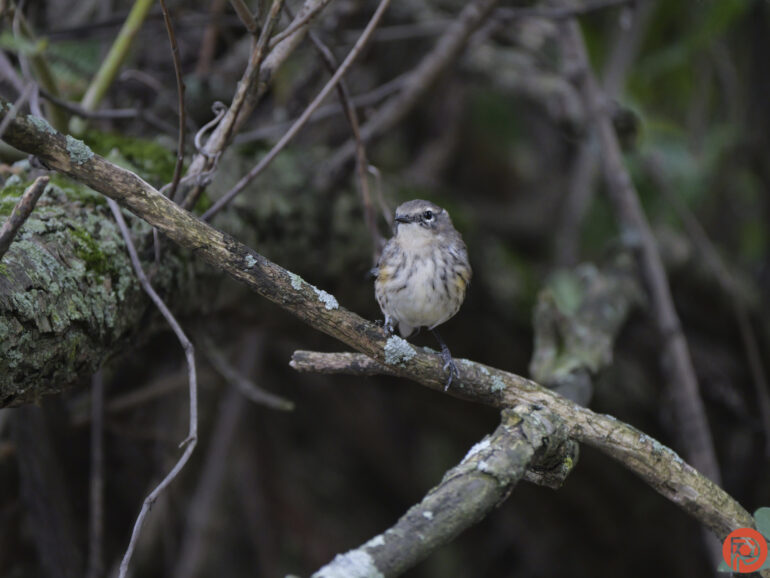
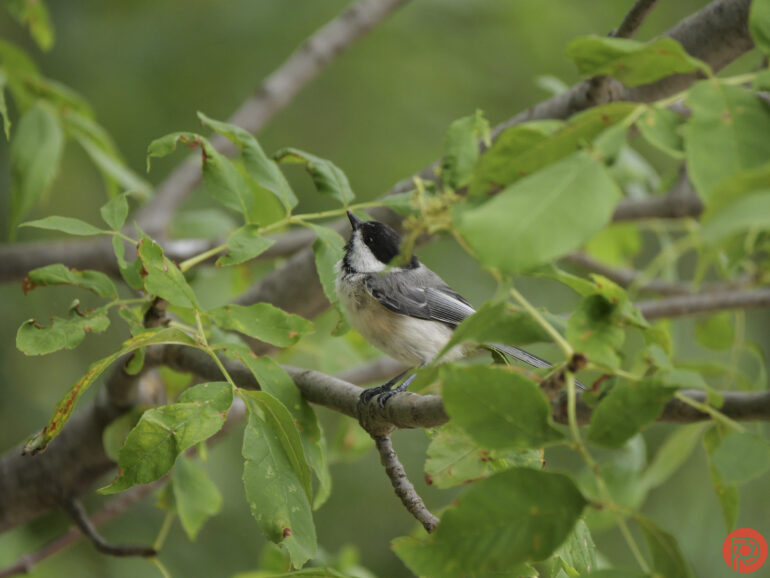
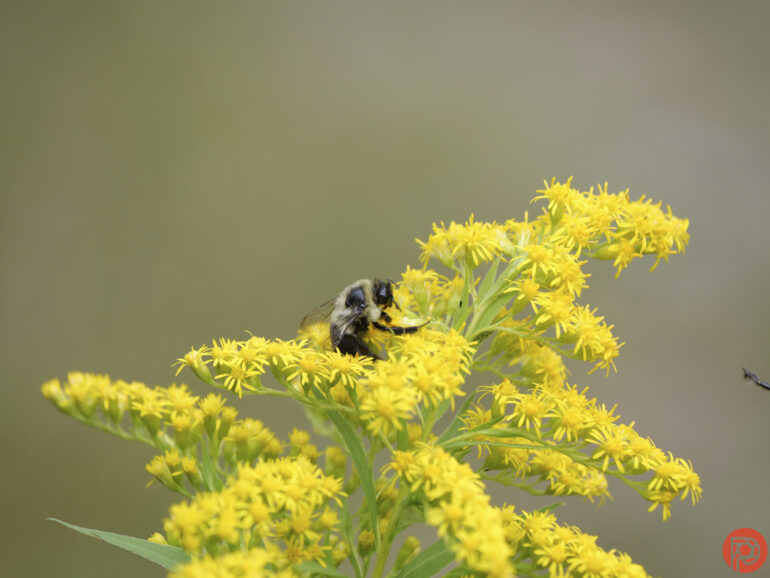
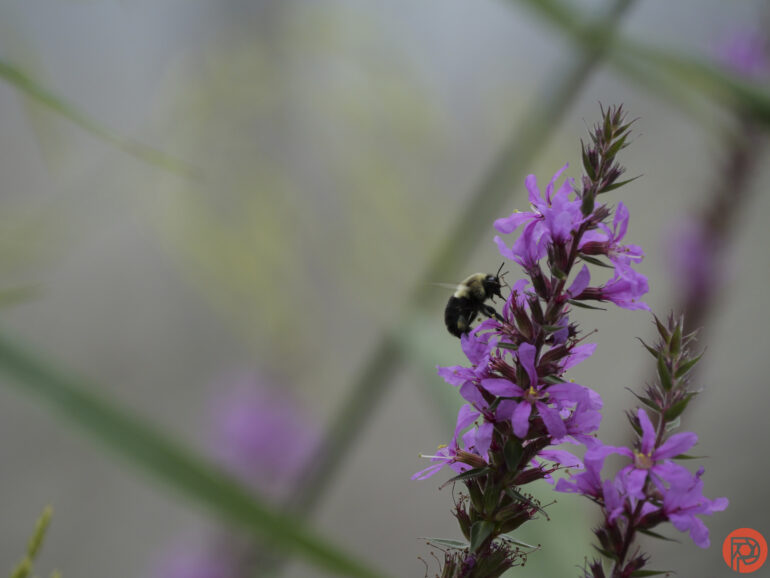
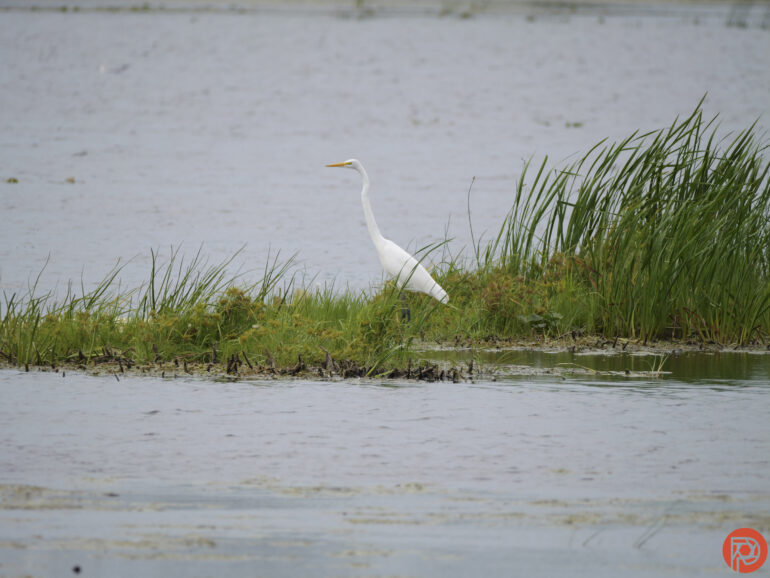
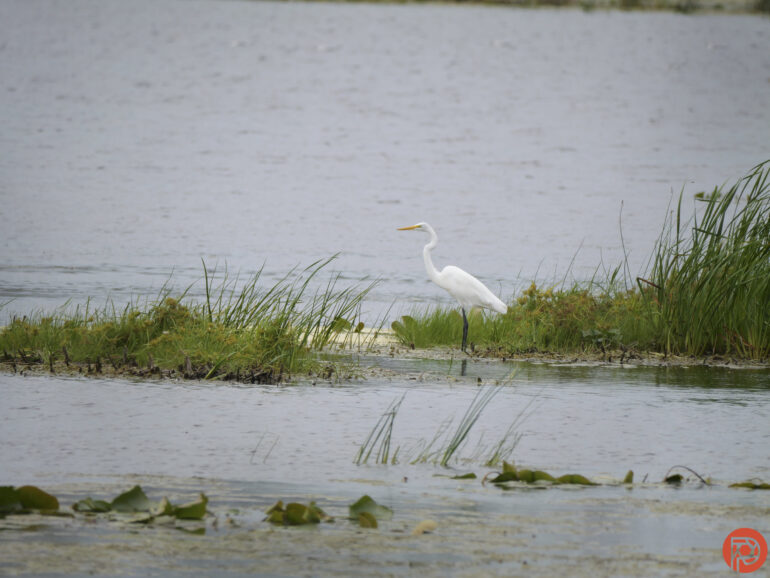
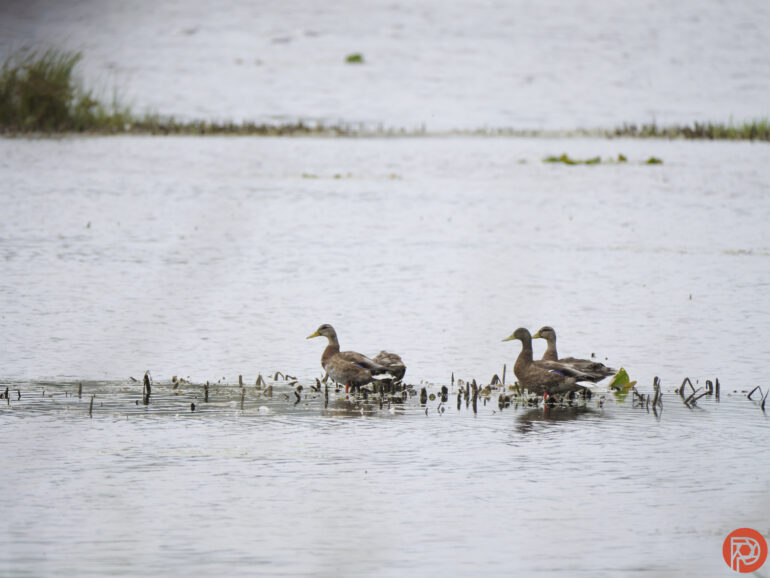
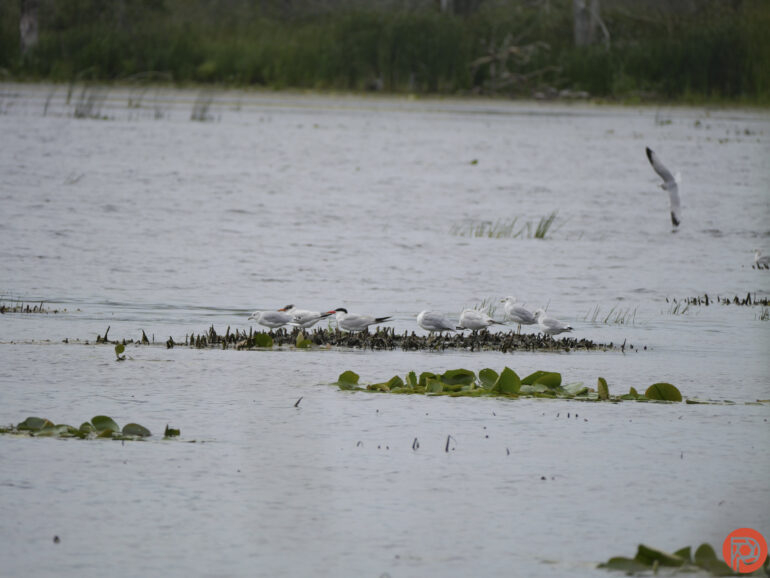
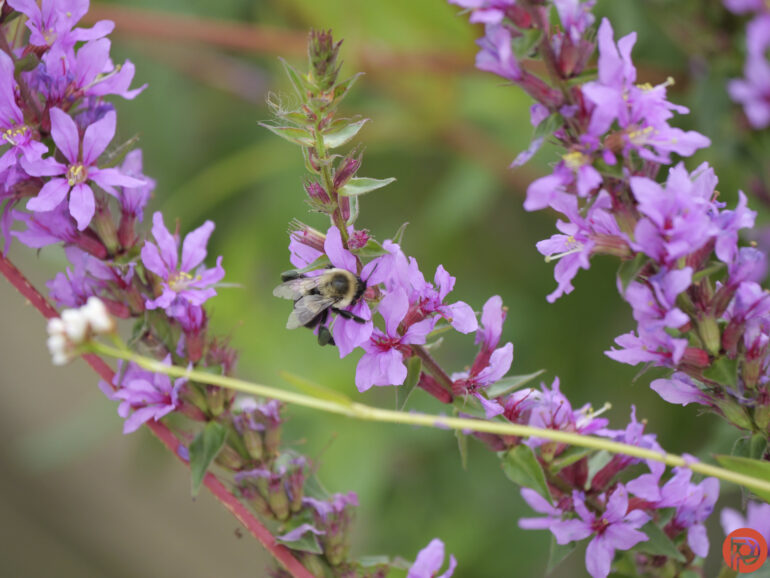
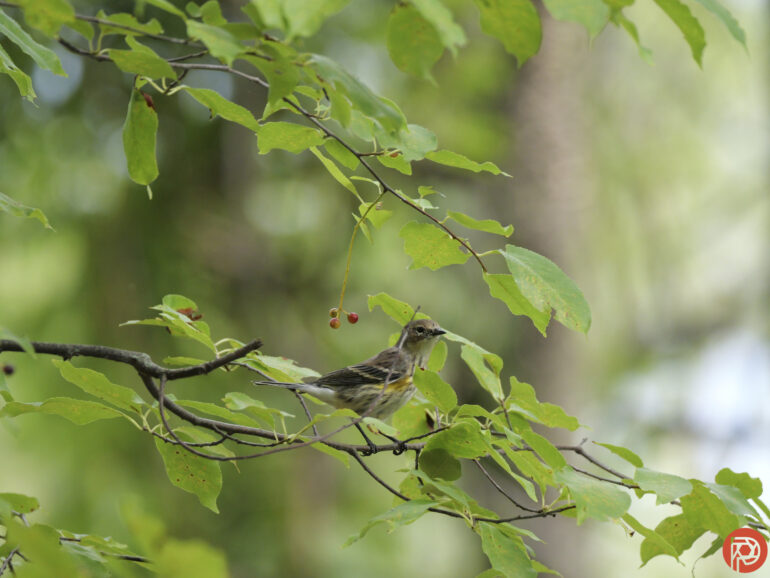
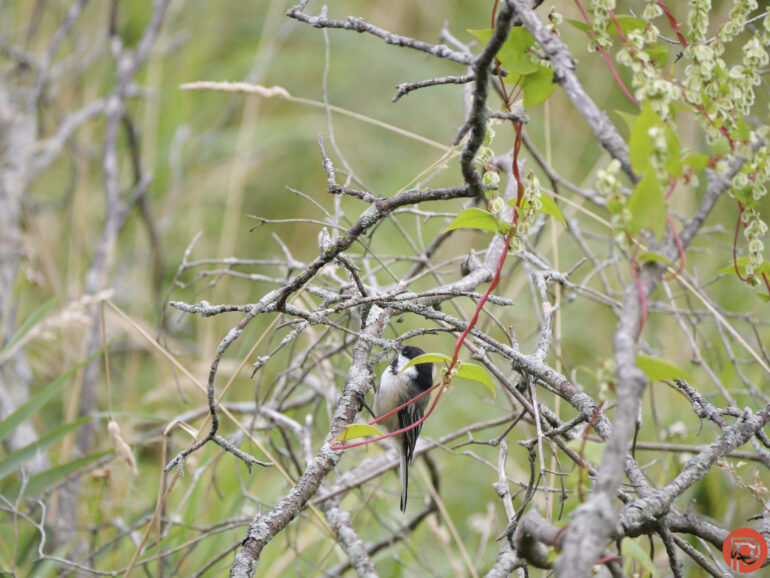
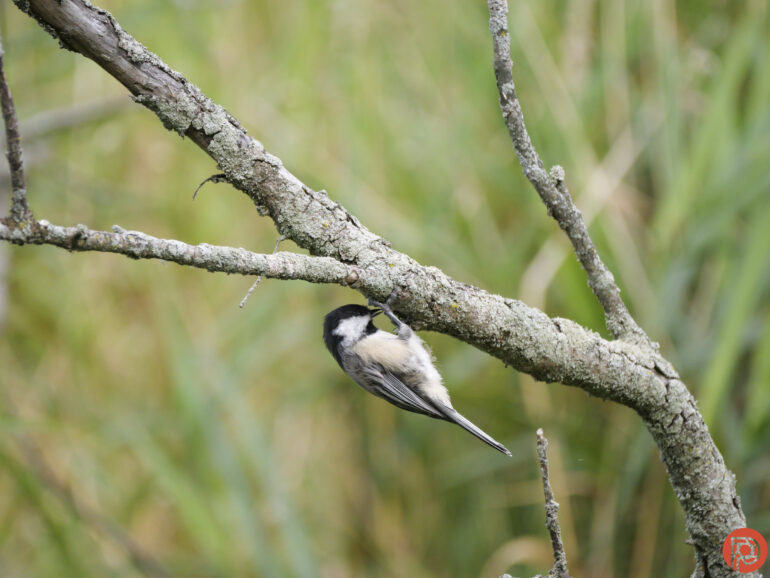
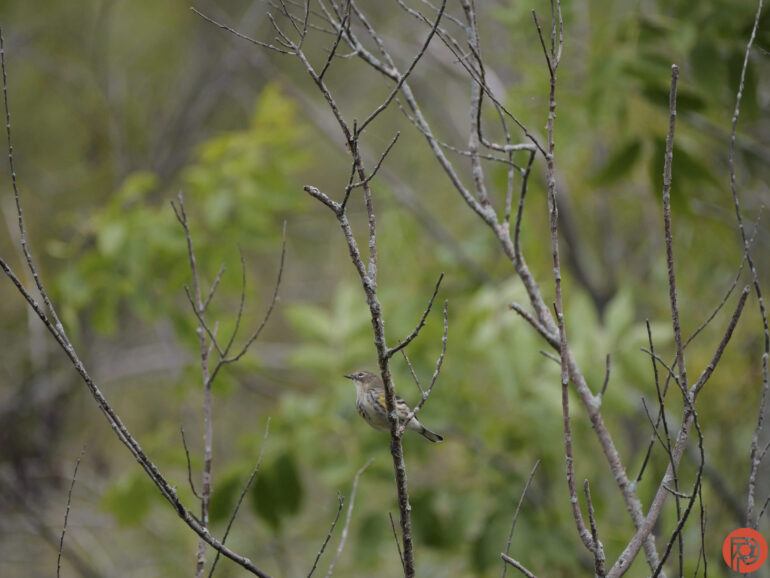
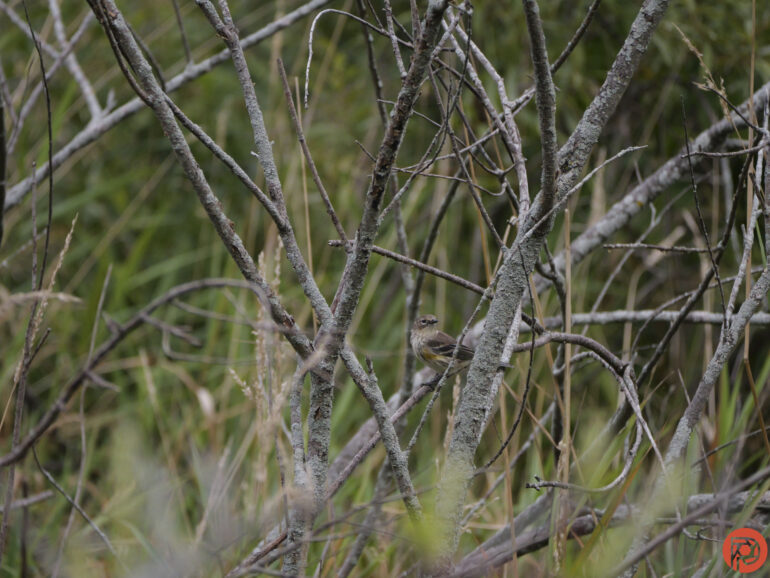
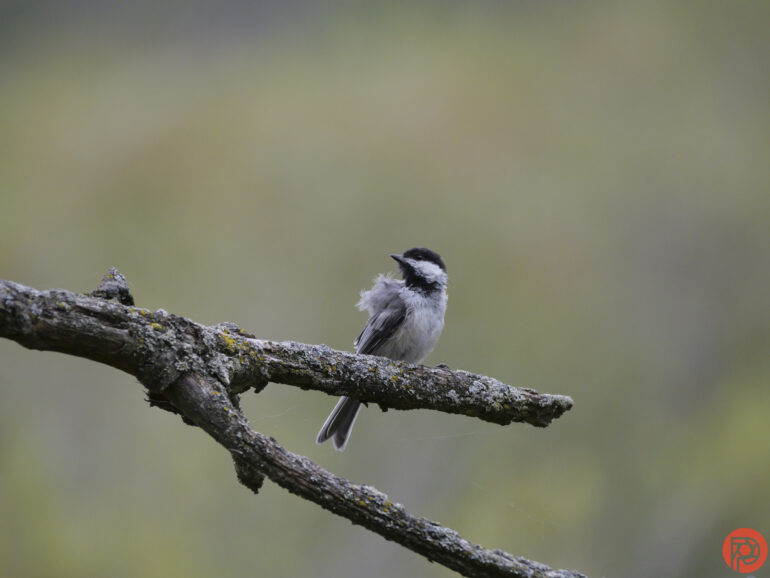
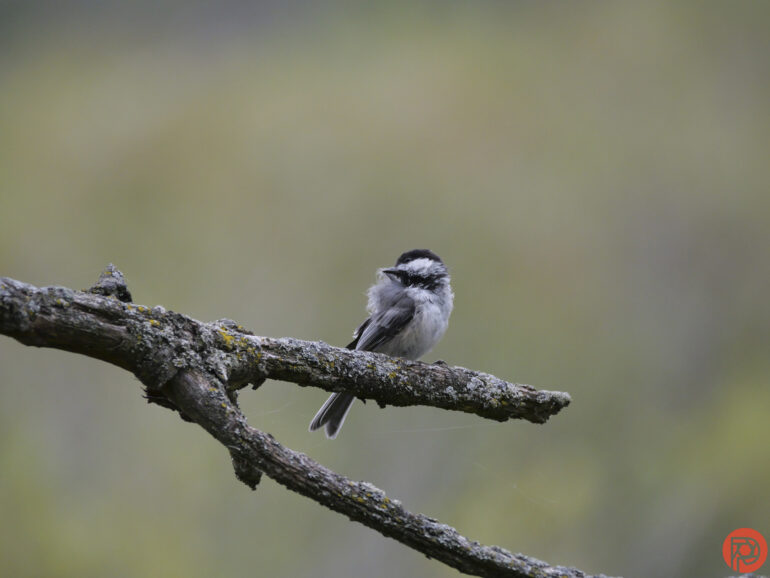
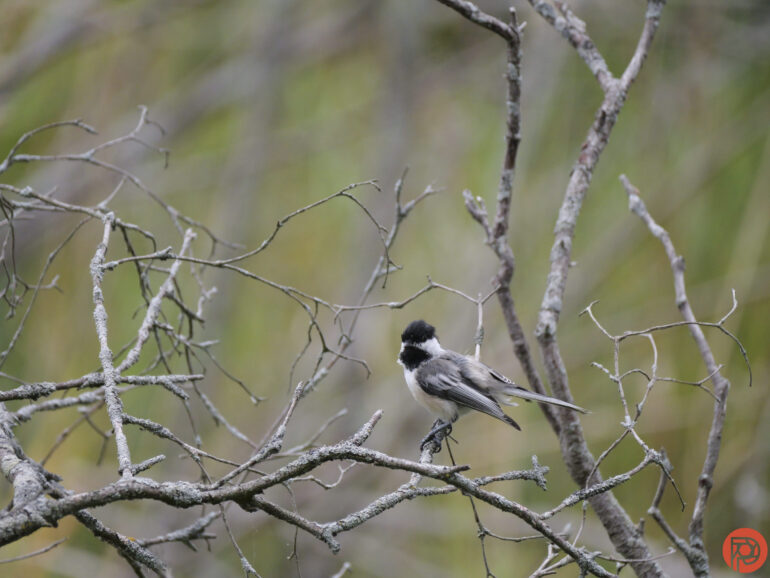
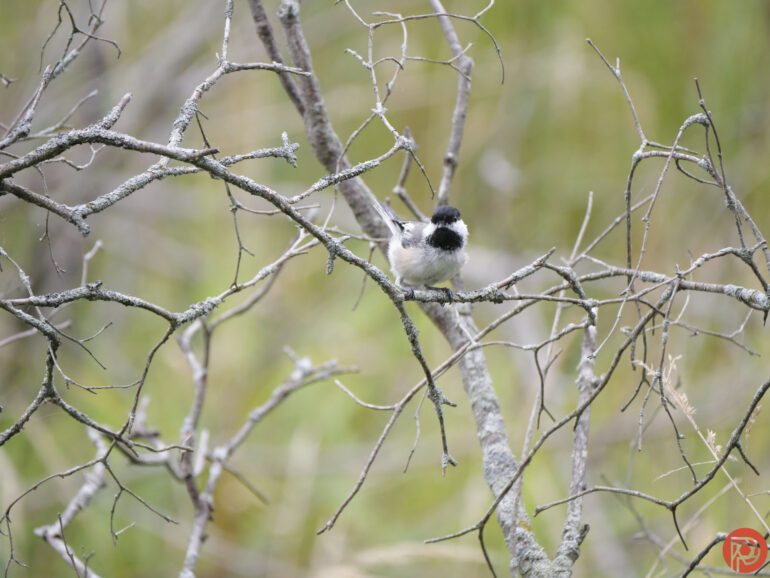
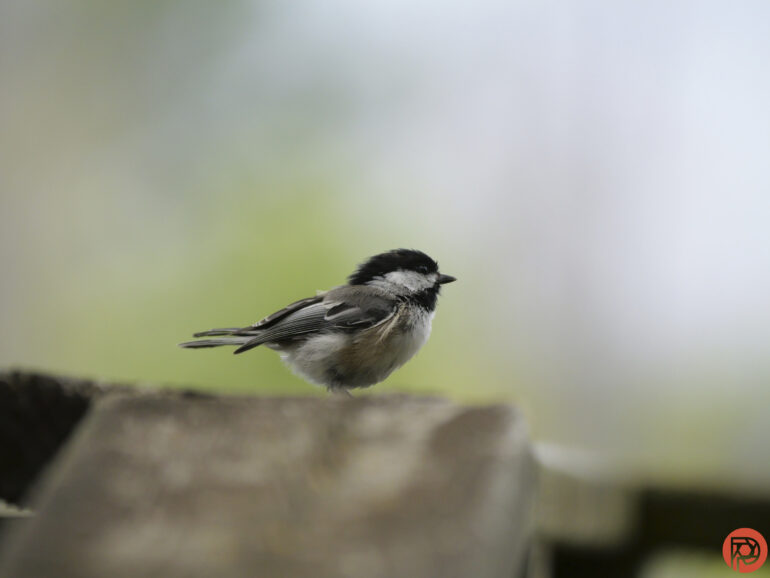
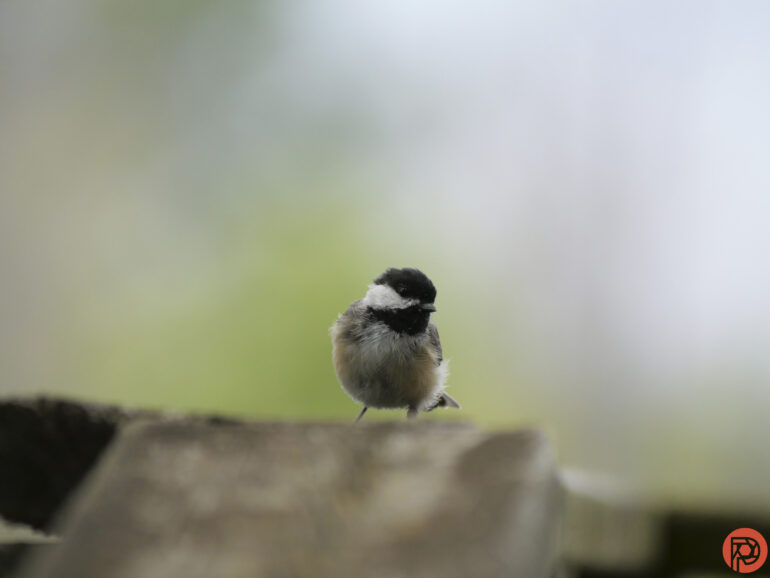
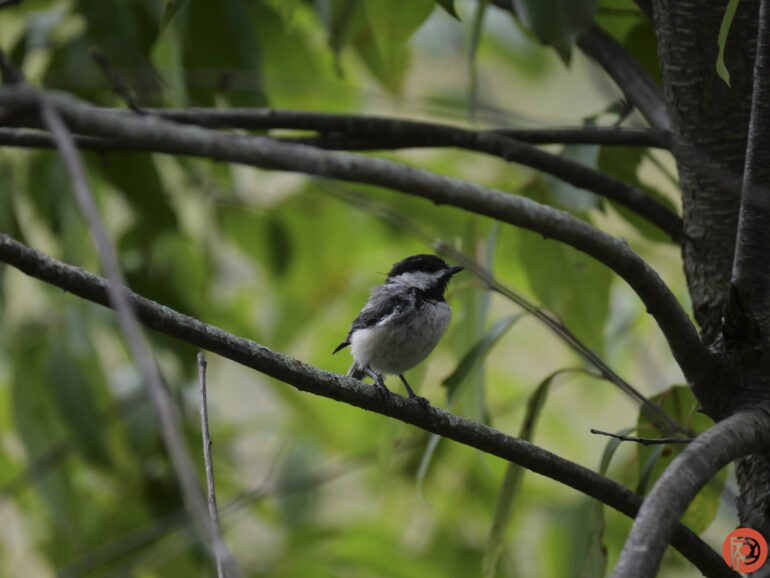
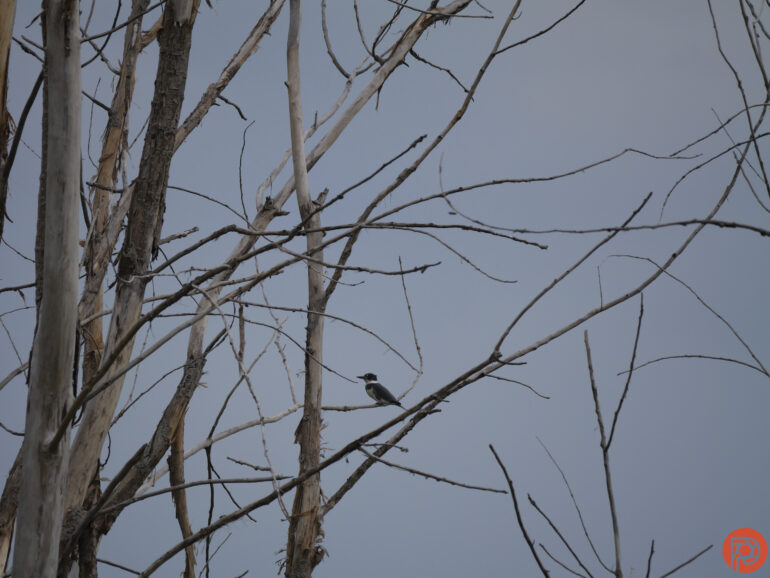
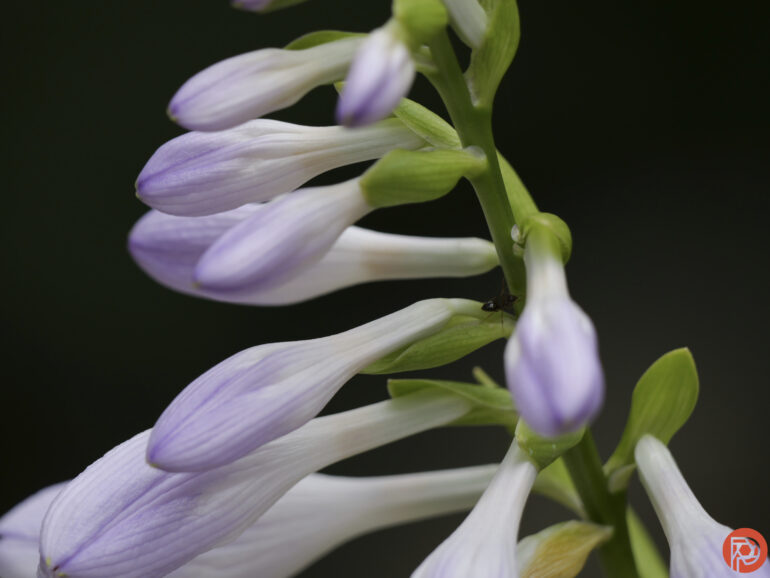
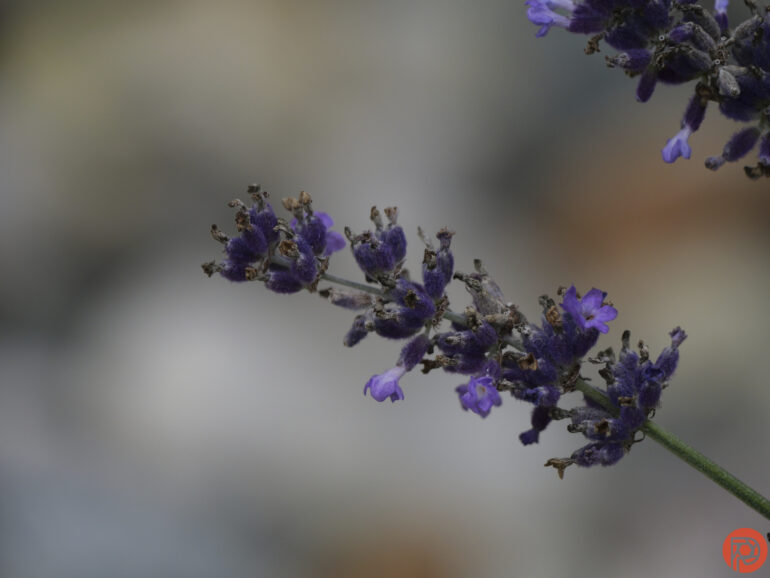
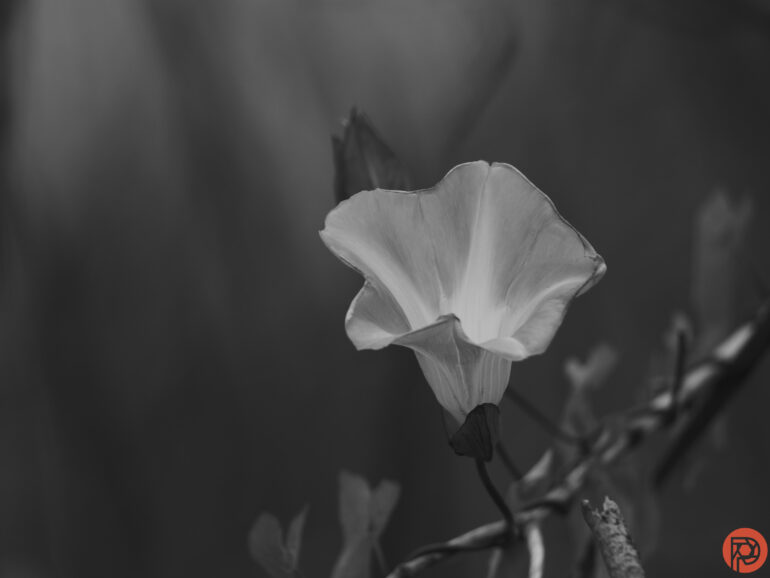
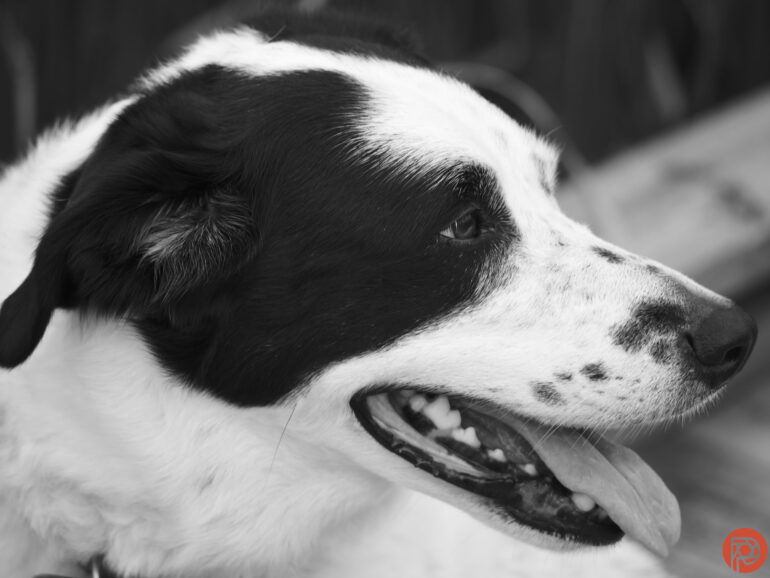
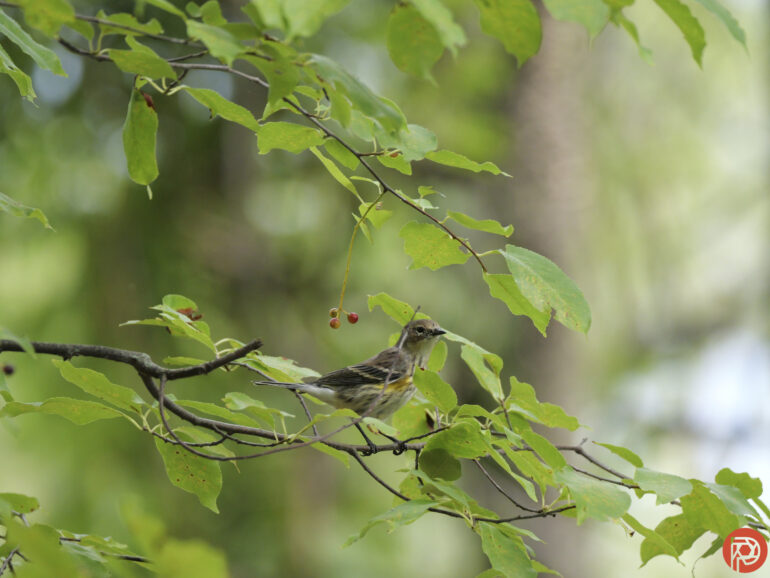
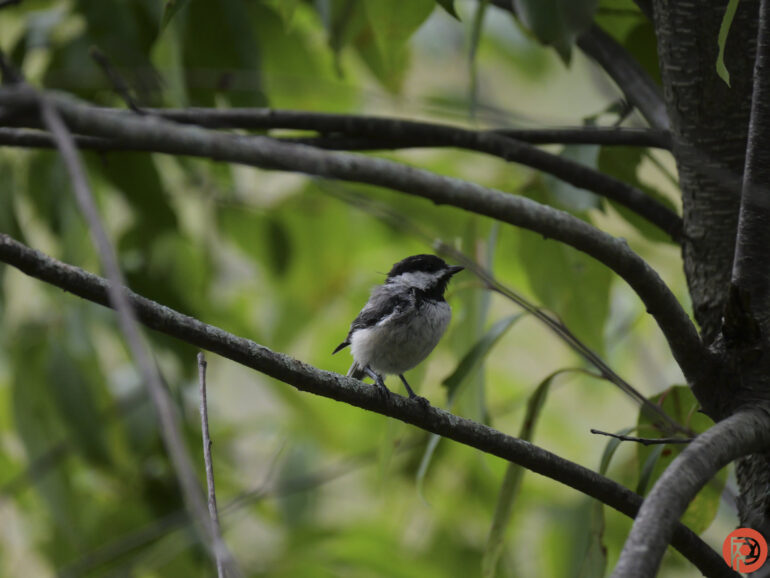
Edited
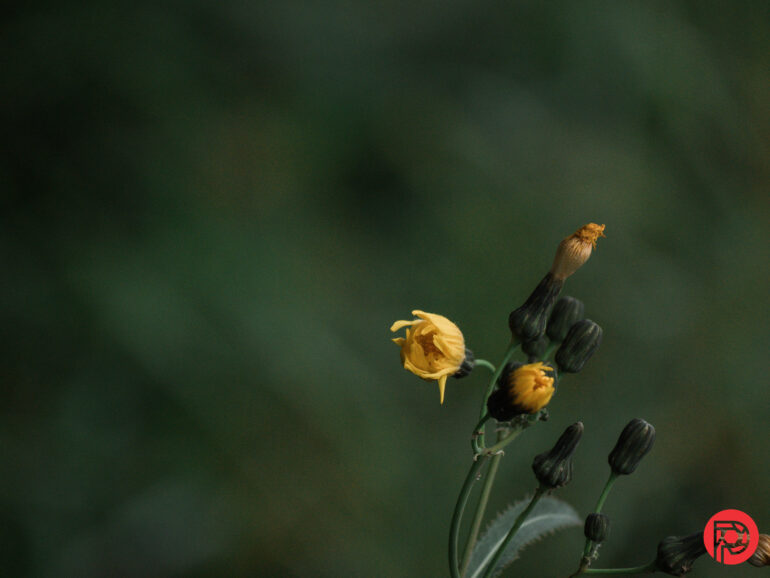
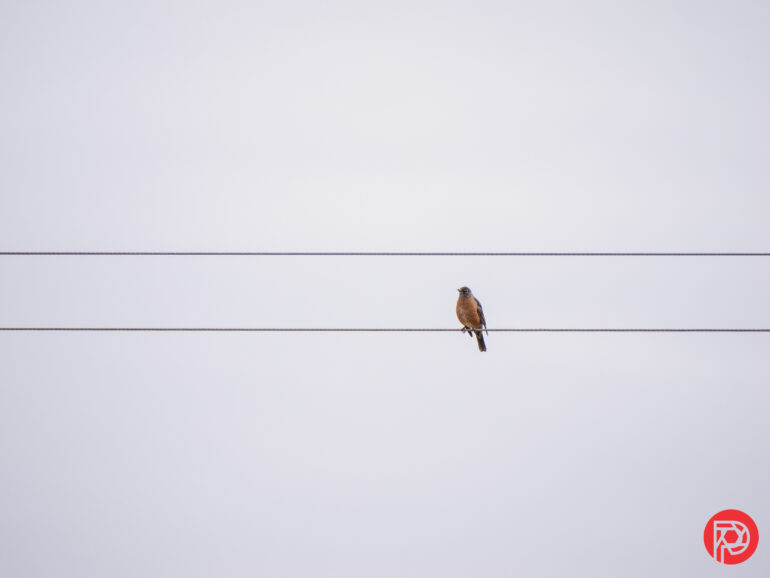
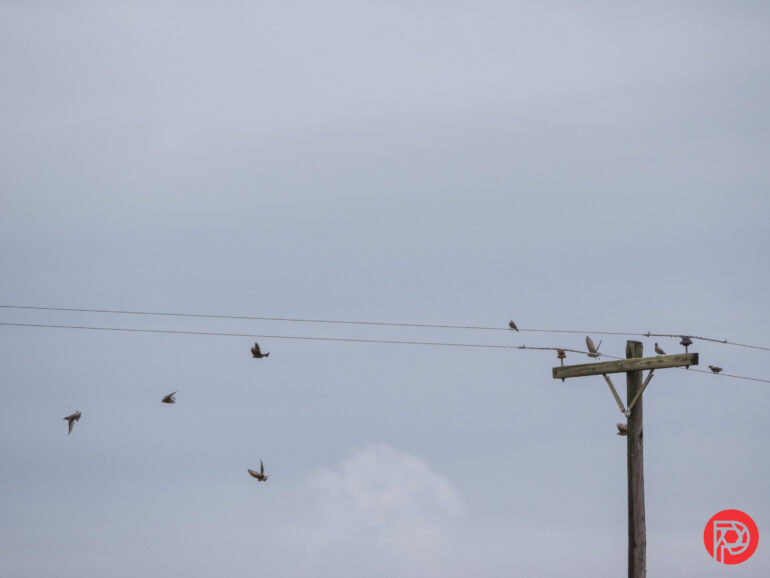
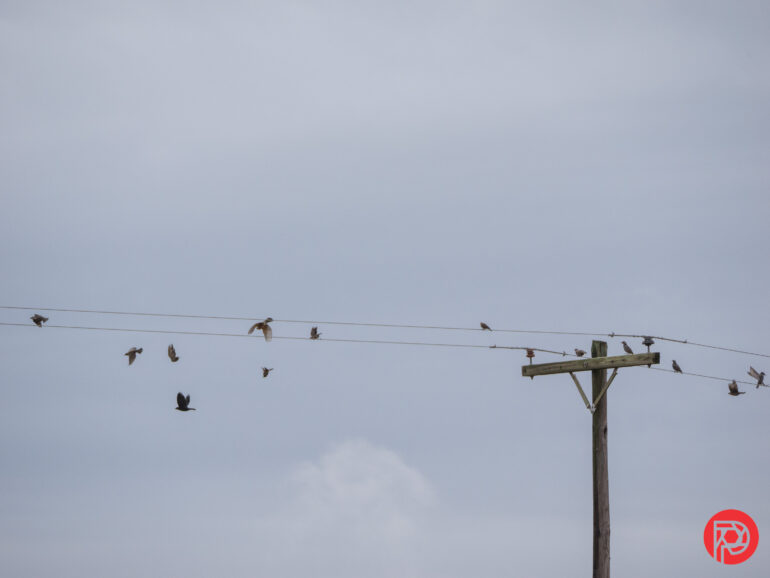
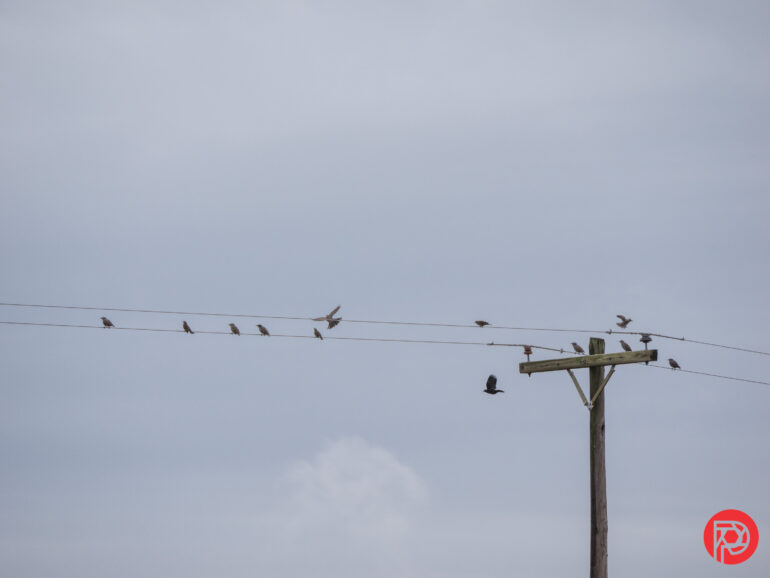
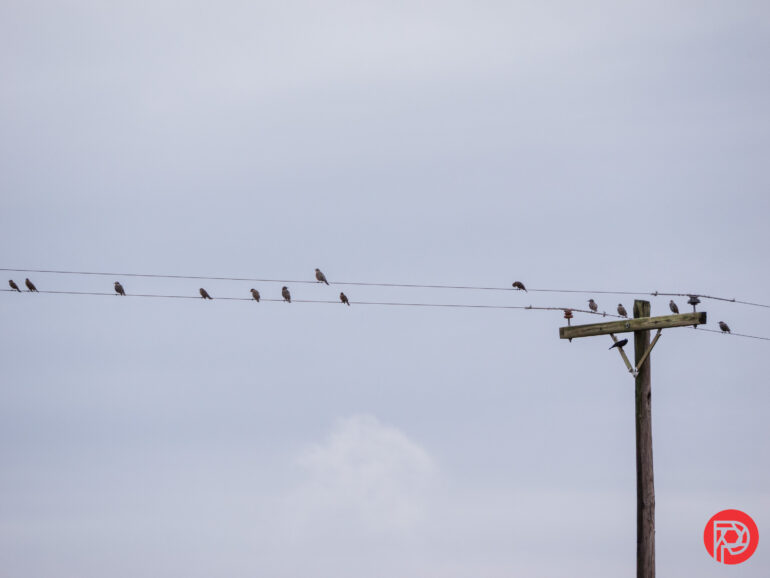
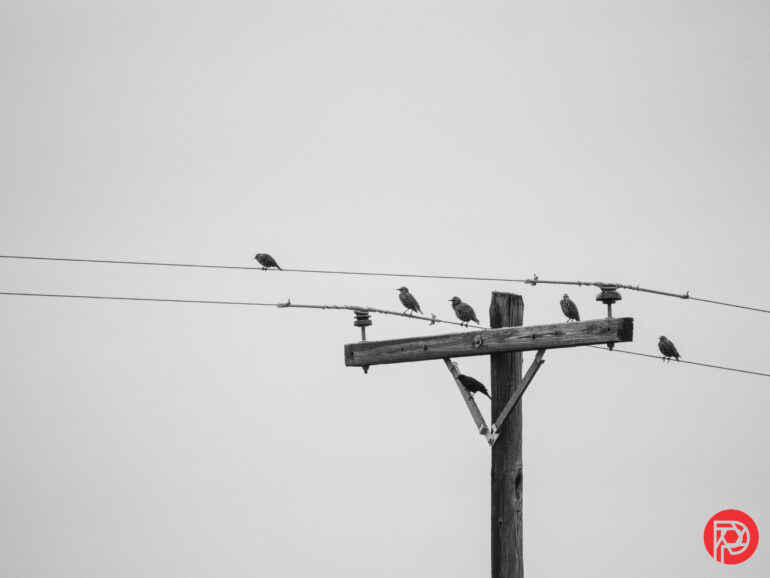
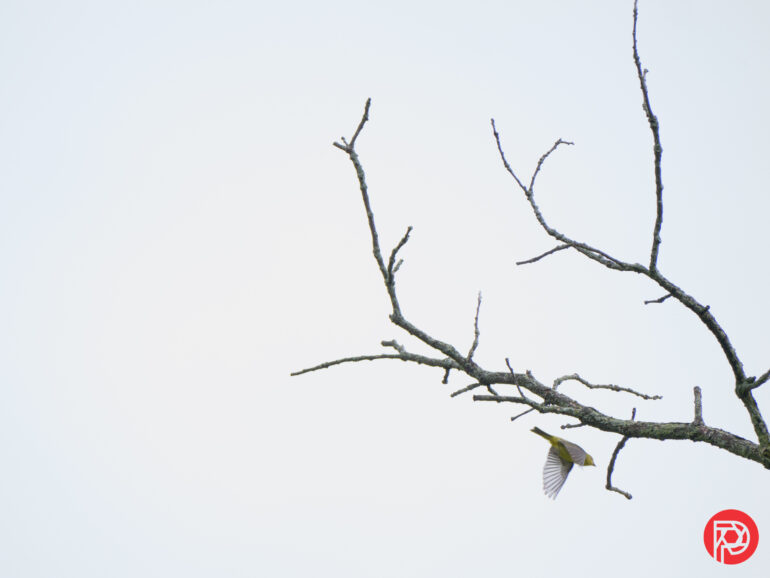
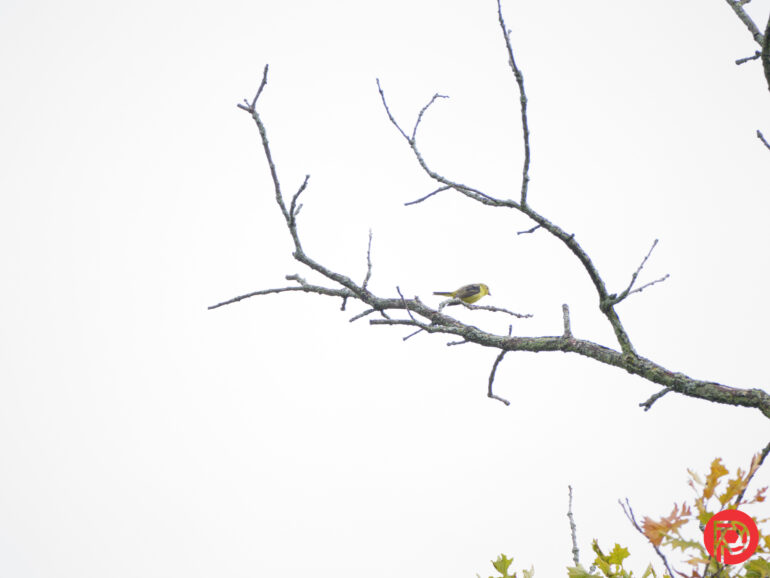
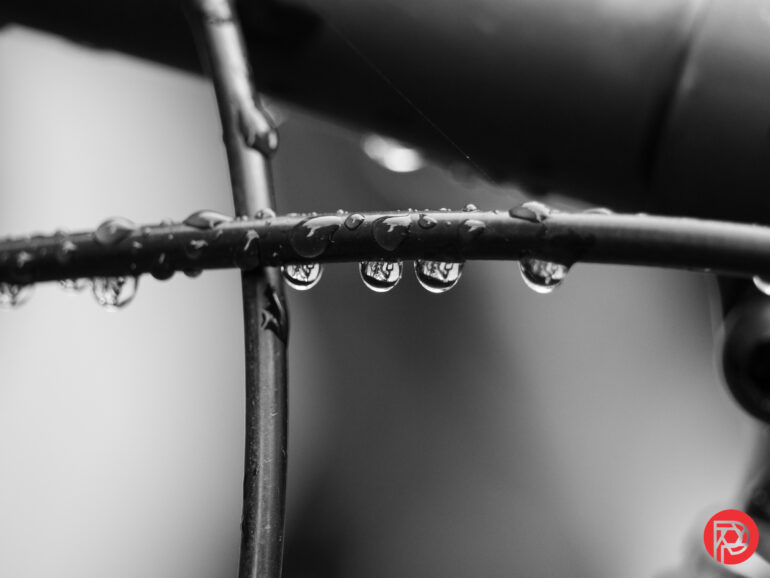
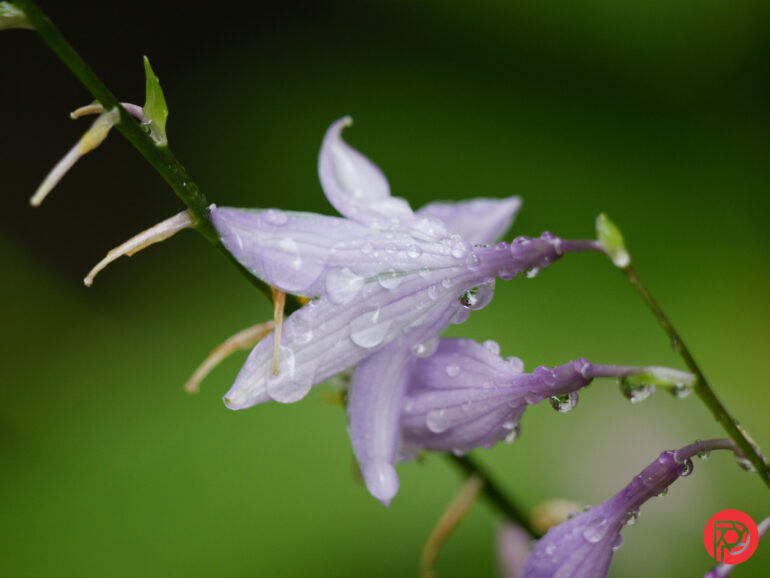
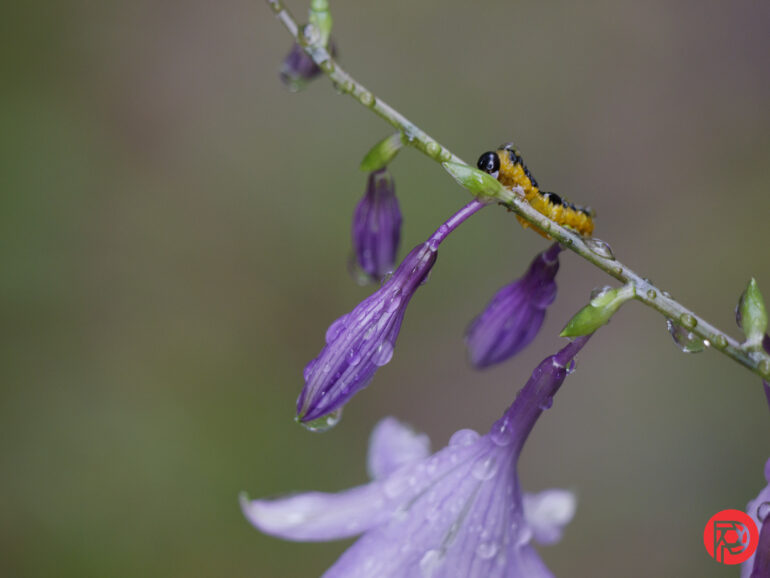
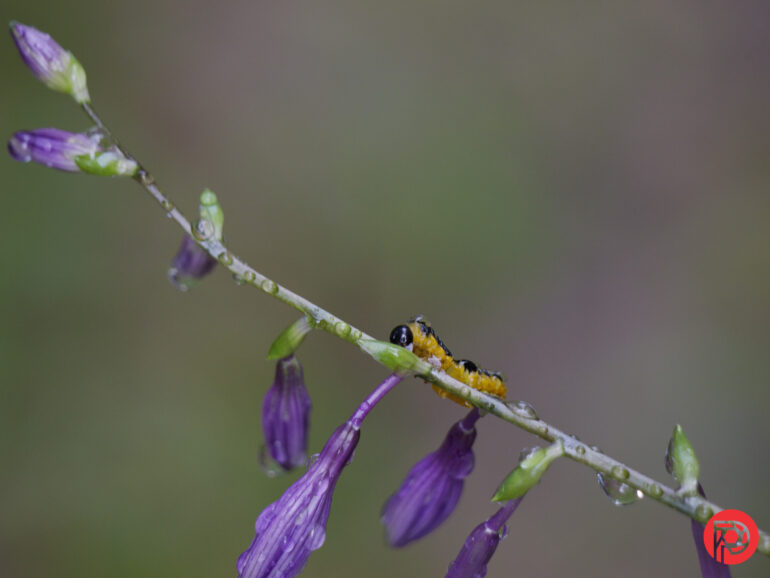
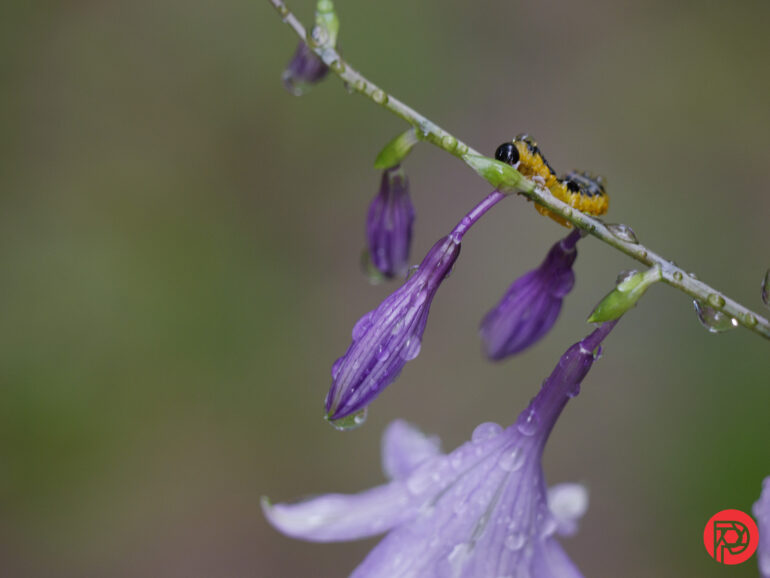
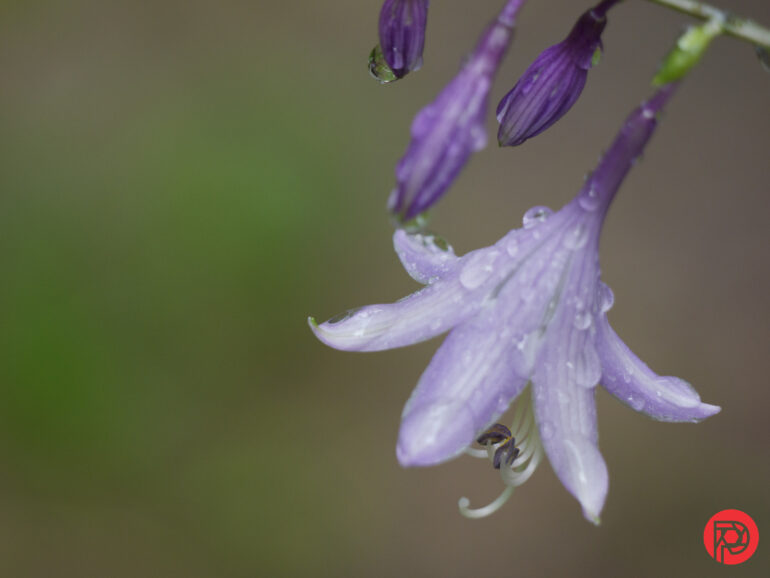
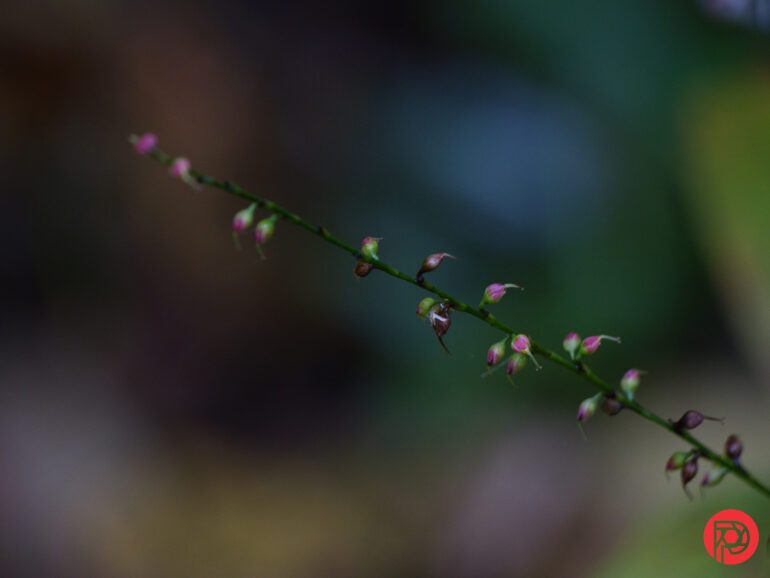
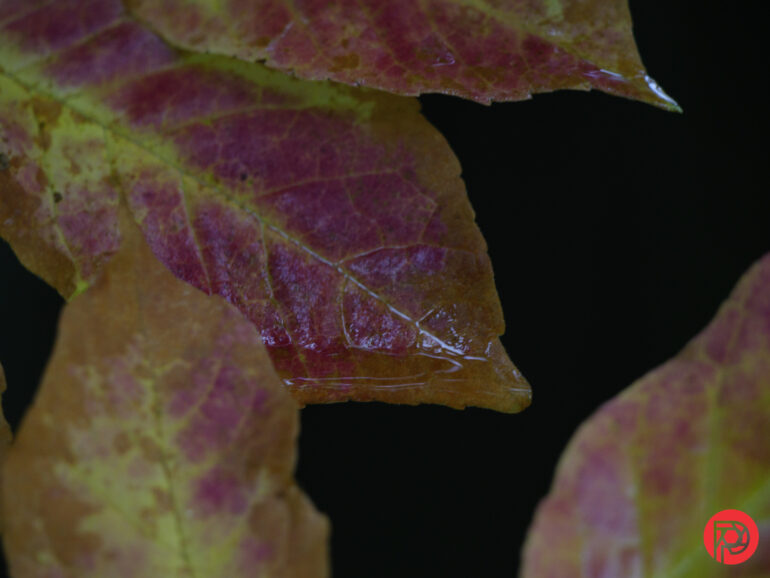
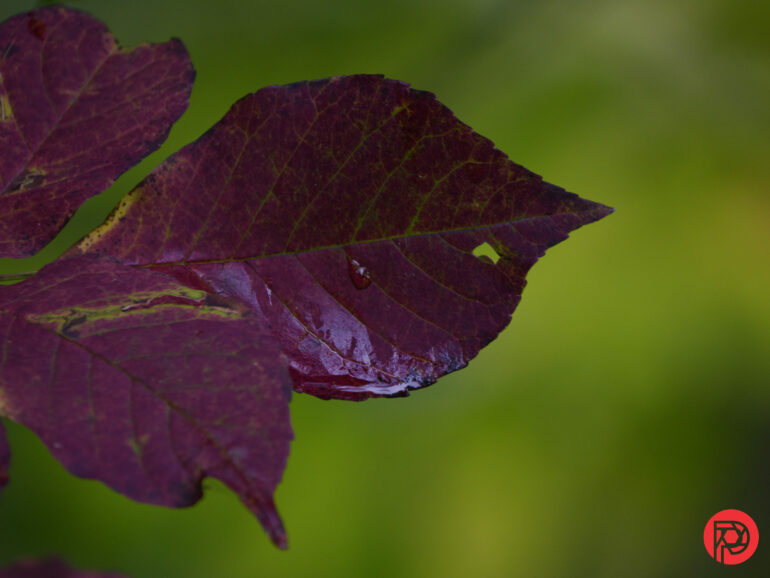
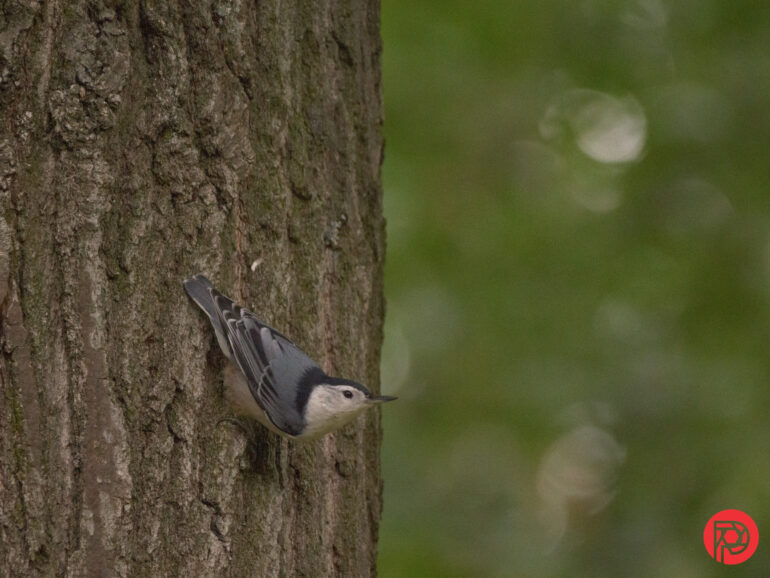
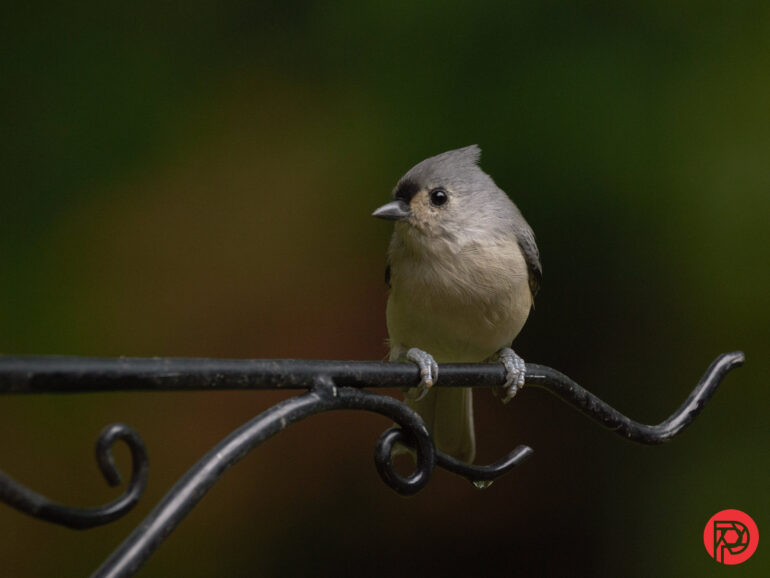
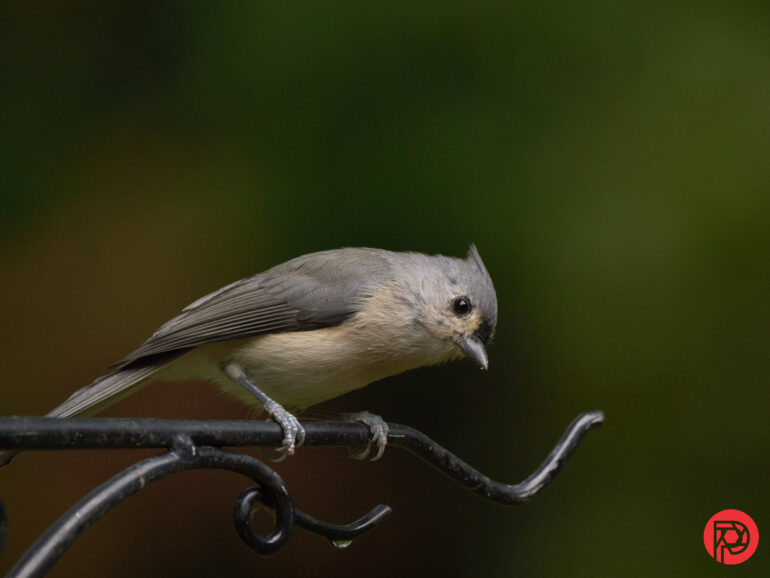
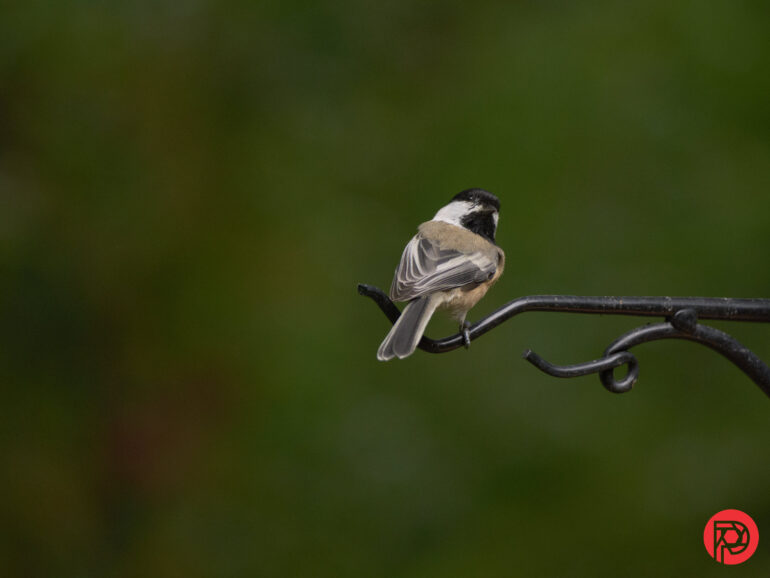
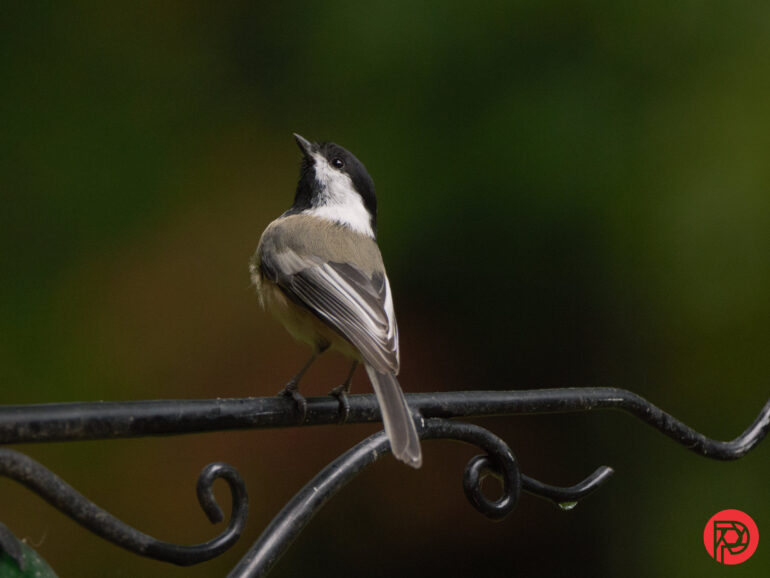
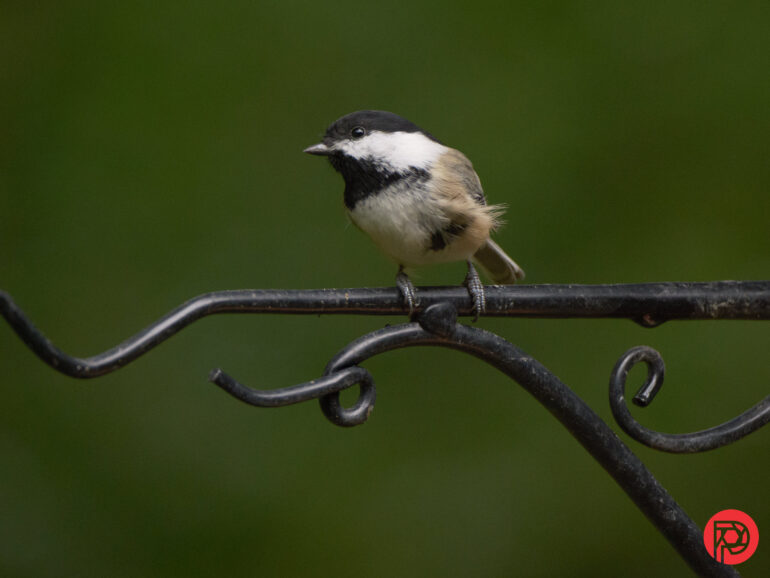
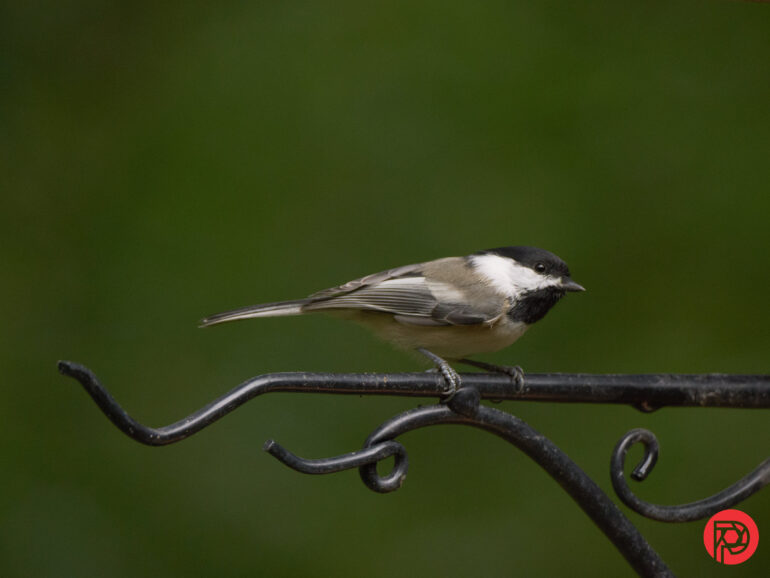
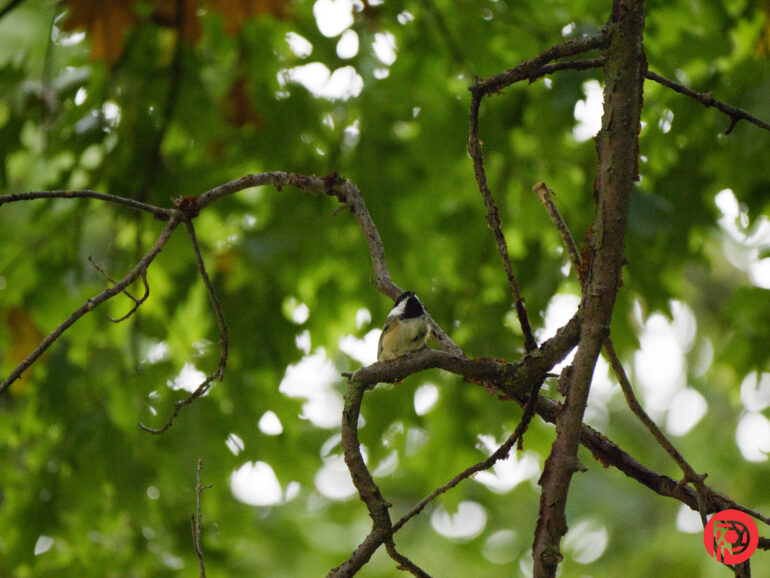
Who Should Buy It?
I’ve hauled full frame 800mm lenses — the first time I picked up the Panasonic Leica 100-400mm f4-6.3 II, I was enamored with the lens’ design and portability. If you want to hike all day long and still have reach, the lens is excellent. To add to that, a 1:2 macro focusing capability makes the lens exceptionally versatile. Looking at the resulting images, I only fell more in love with the punchy colors and excellent sharpness.
However, the f6.3 aperture on the Micro Four Thirds sensor is an issue working in limited light. I couldn’t use this lens on action during blue hour — at ISO 12800, I could still only get a 1/40 shutter speed. As amazingly portable as this lens is, if you want a lens that can shoot at noon as well as at dusk, then this isn’t the lens for you. Tasks like photographing owls or Friday night football under stadium lights require a brighter aperture than this lens has. And while some lenses could make up for that with flash, I don’t know of a flash with a 800mm reach besides off-camera lighting.
Tech Specs
LensRentals lists the following tech specs for the Panasonic 100-400mm f4-6.3 II:
- Autofocus: Autofocus
- Brand: Panasonic
- Focal Length: 100.0-400.0
- Hood Included: Yes
- Image Stabilization: Yes
- Item Type: Lens
- Lens Type: Telephoto
- Max Aperture: 4.0
- Minimum Aperture: 22.0
- Mount: Micro 4/3rds
The Phoblographer may receive affiliate compensation for products purchased using links in this blog posted.


